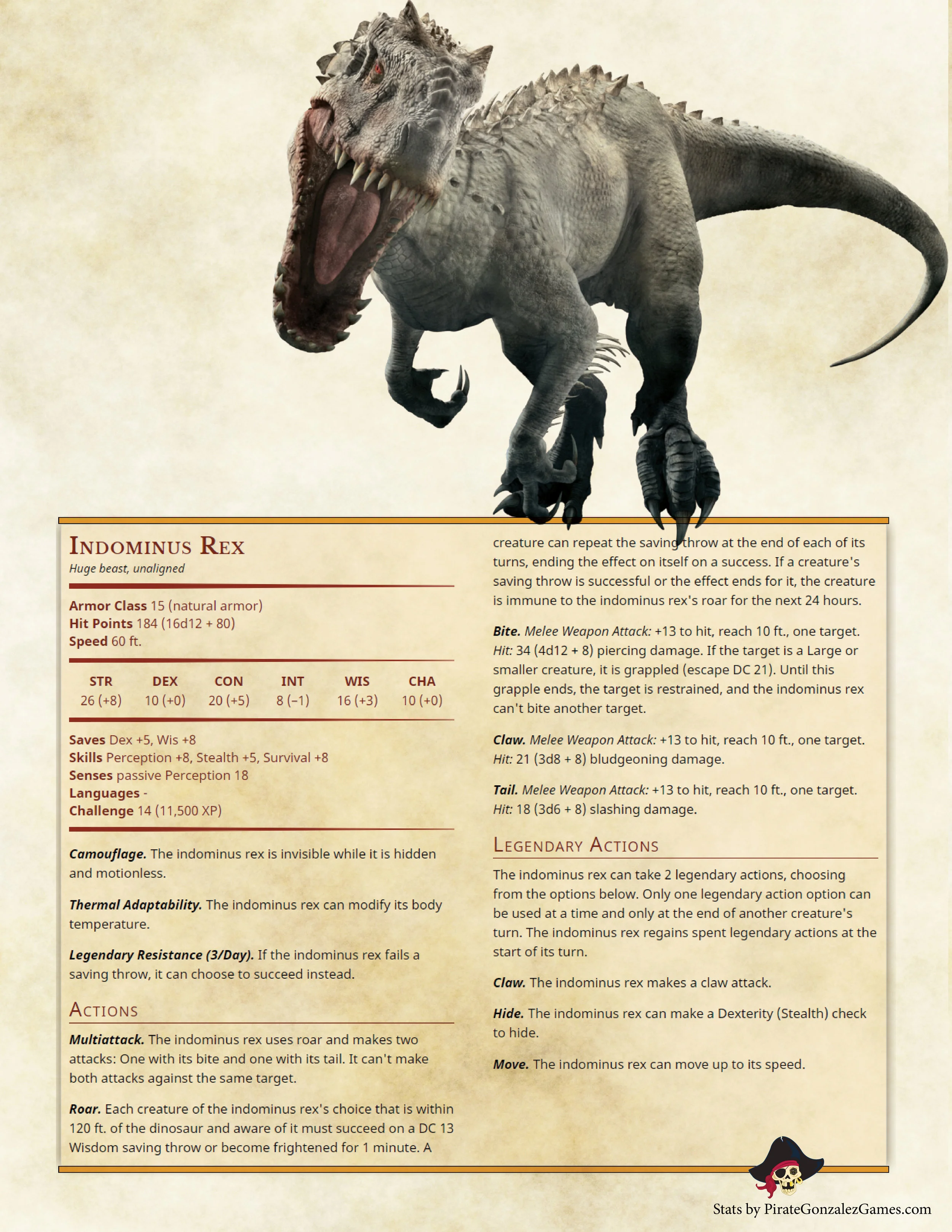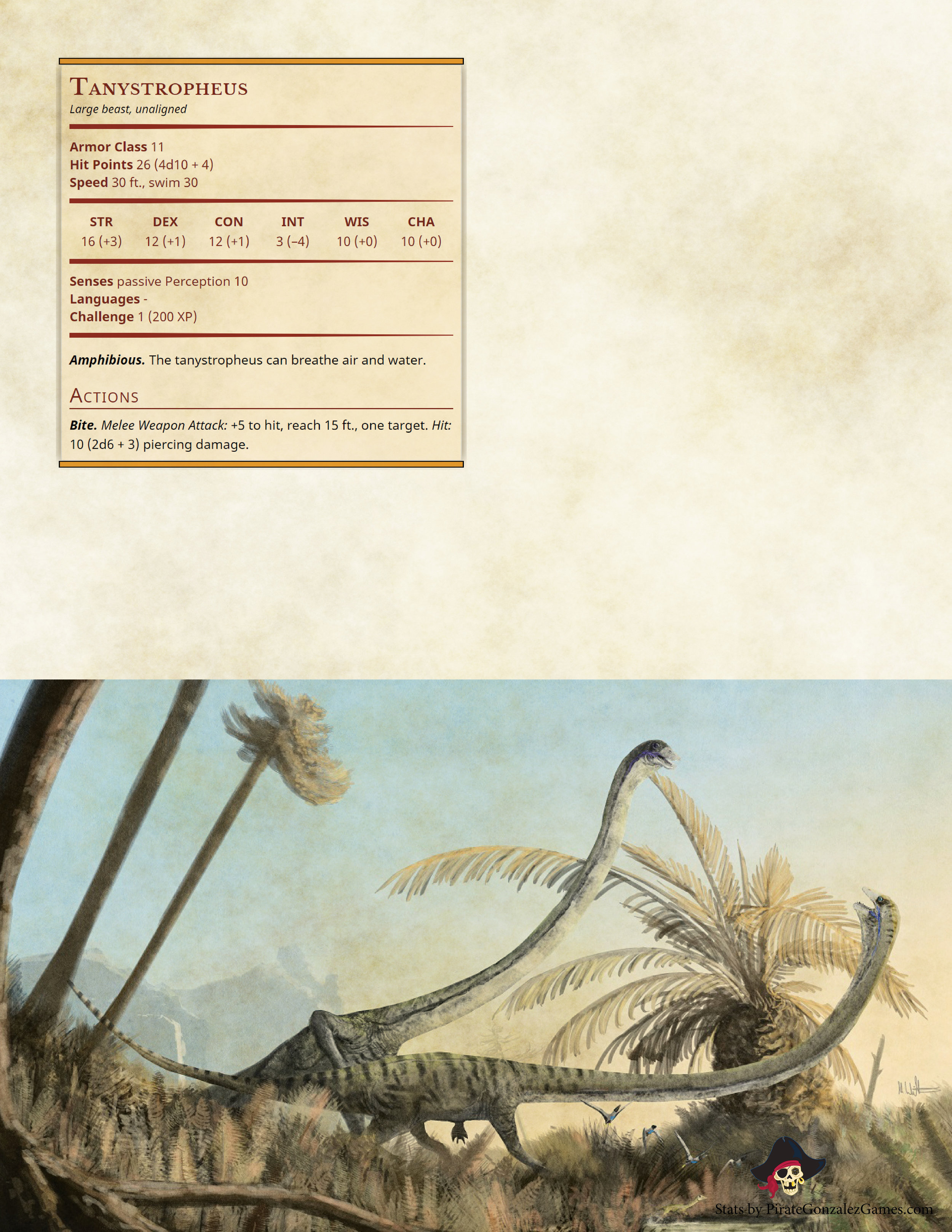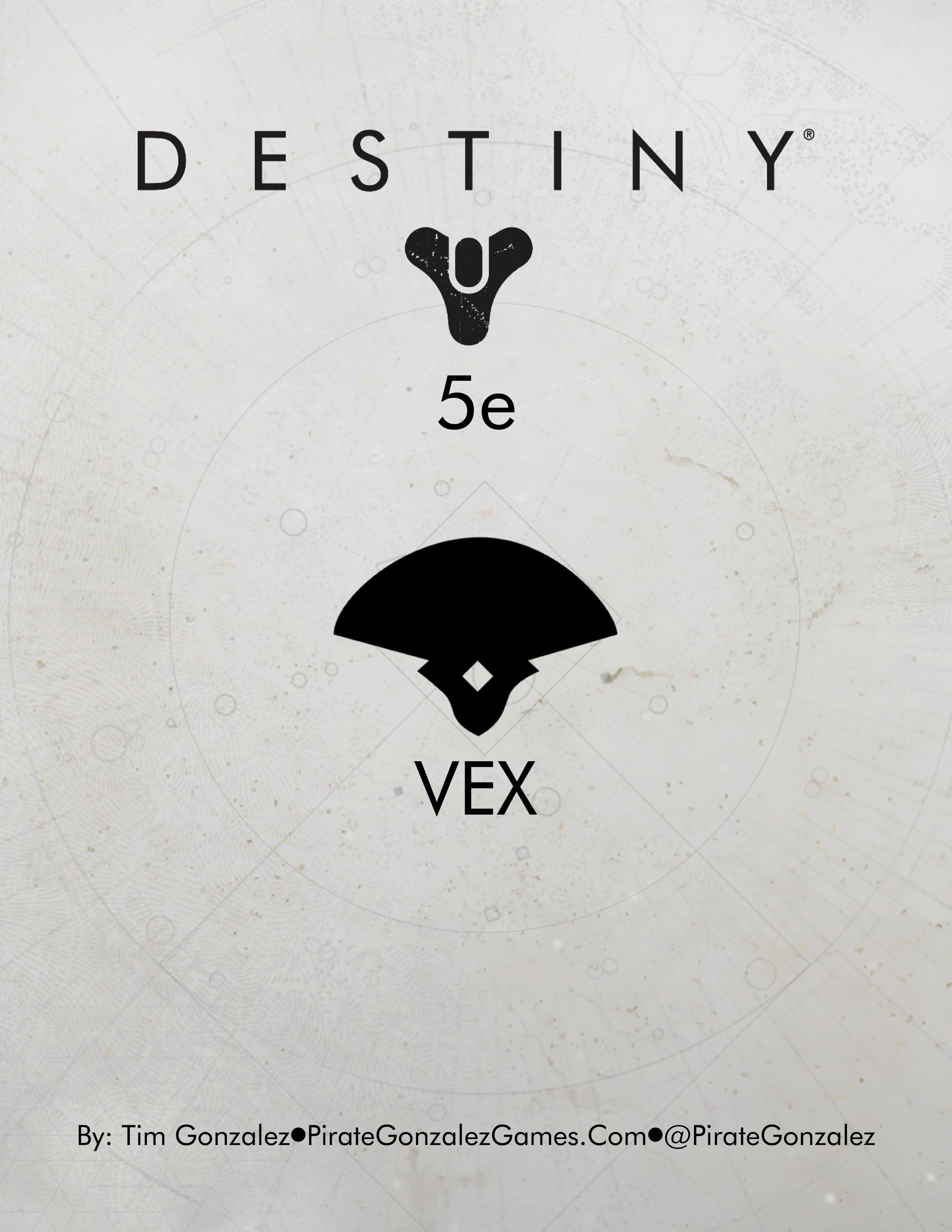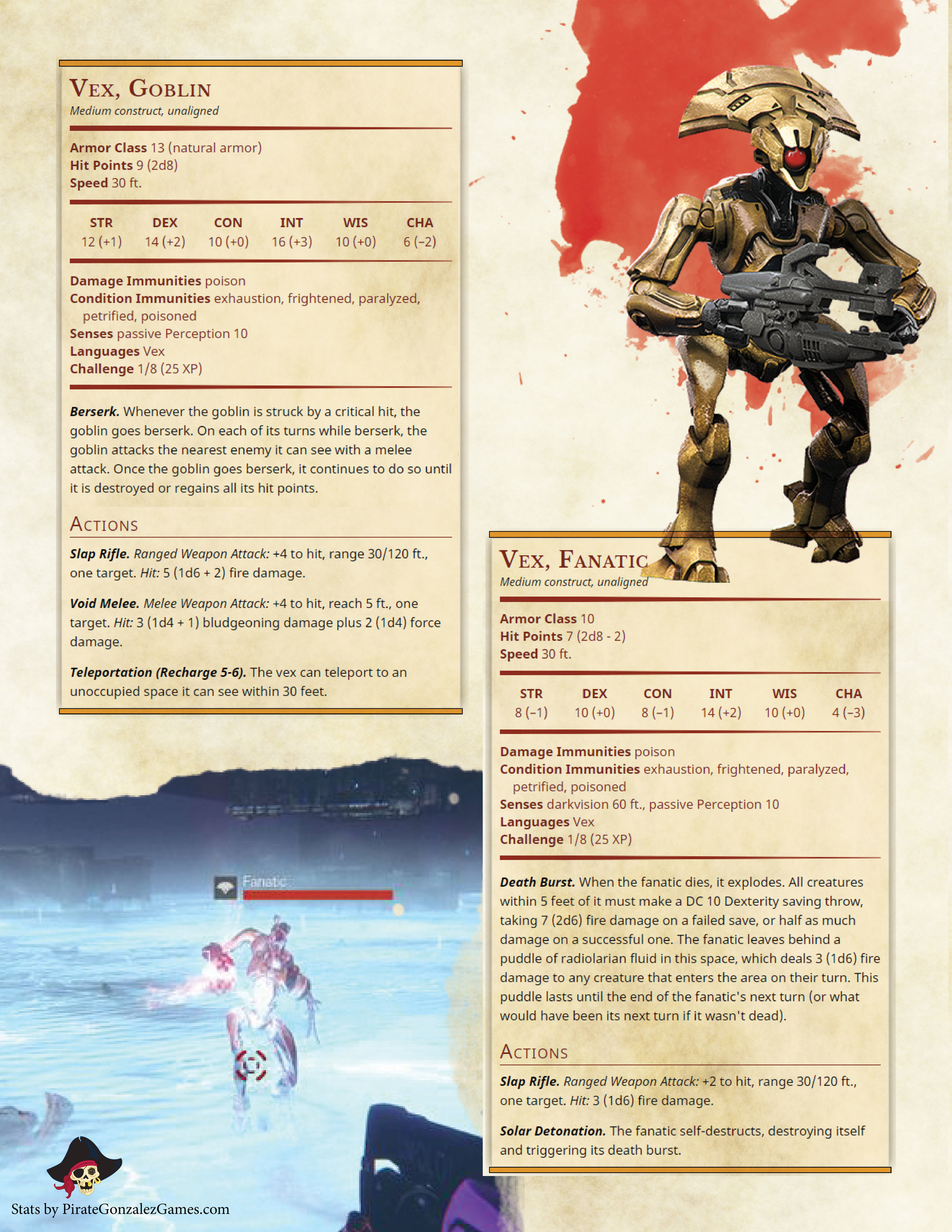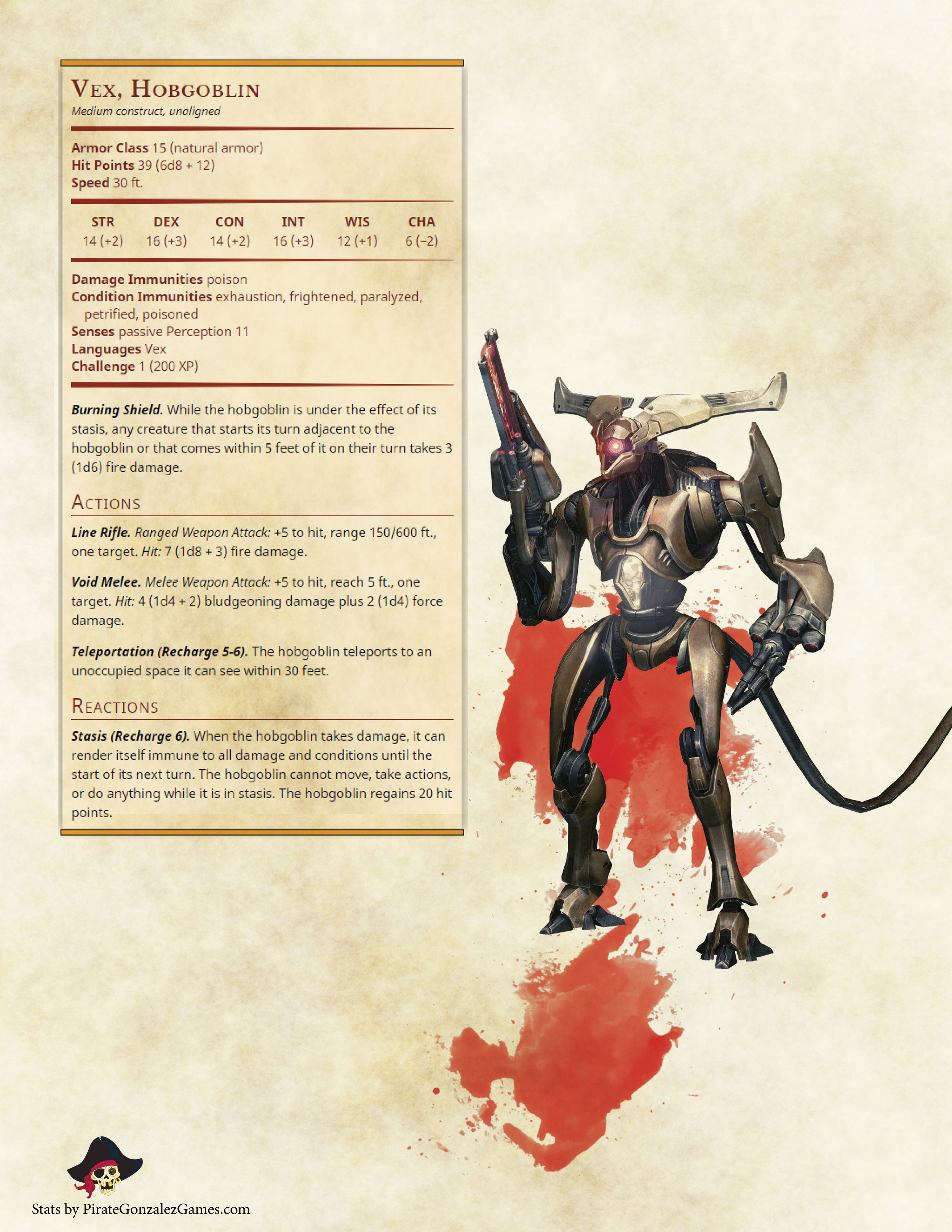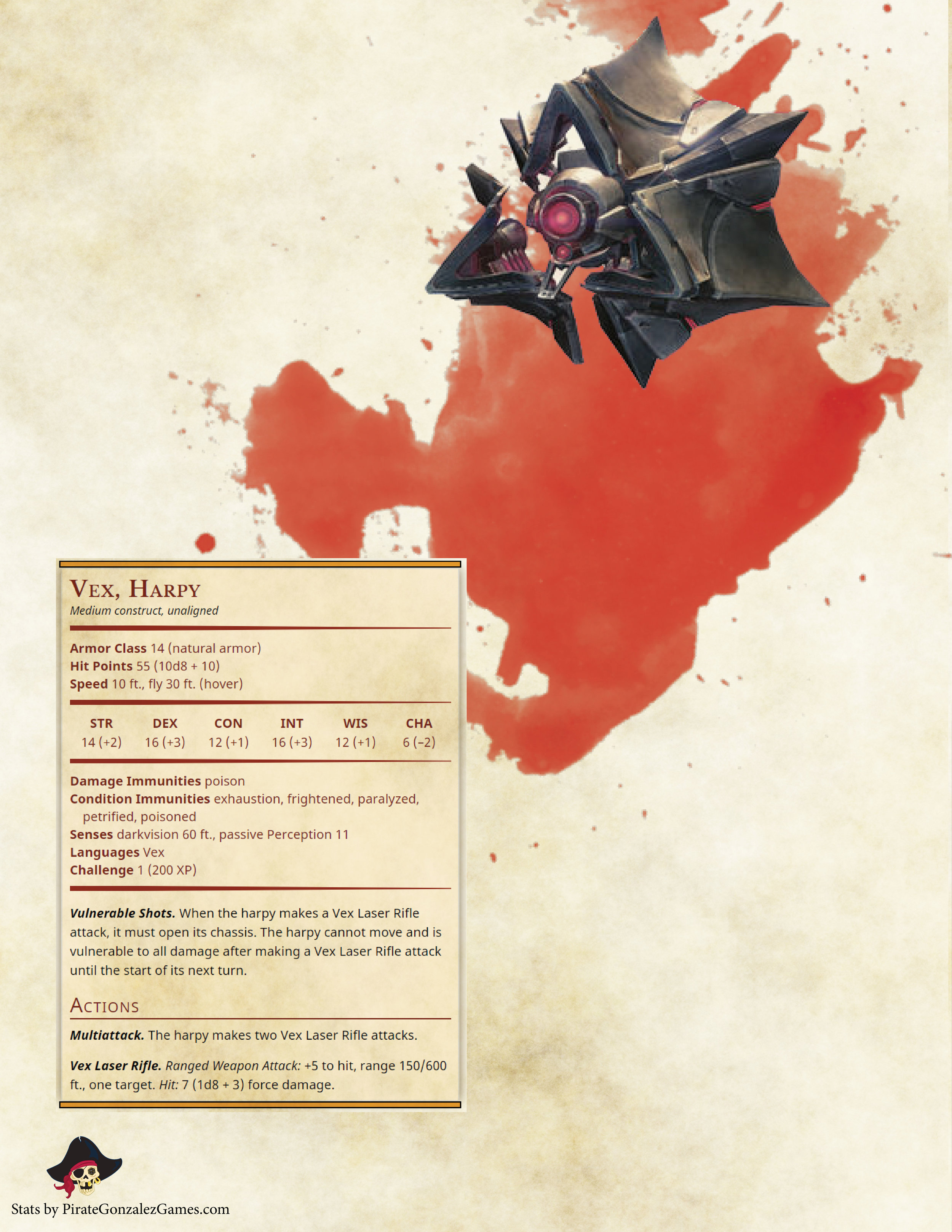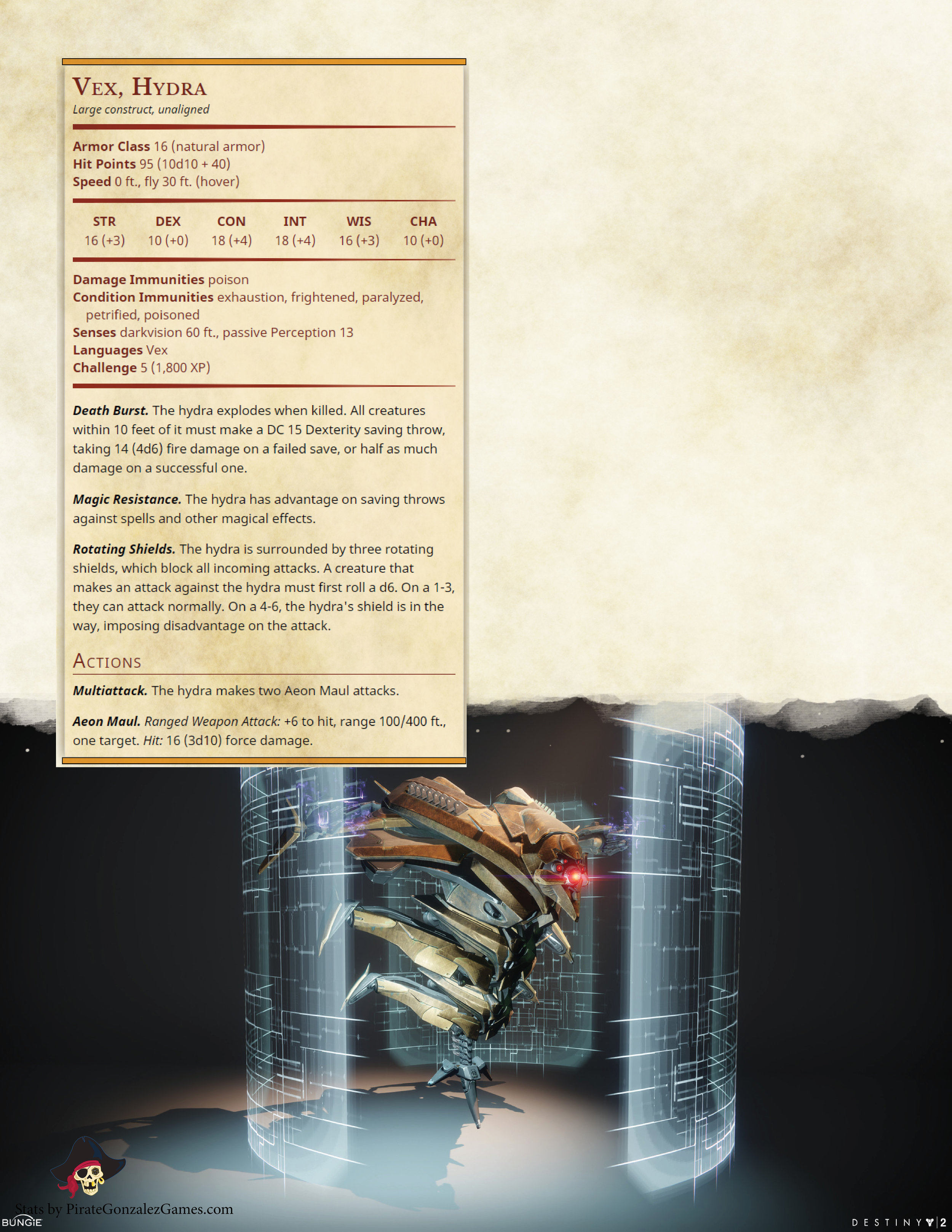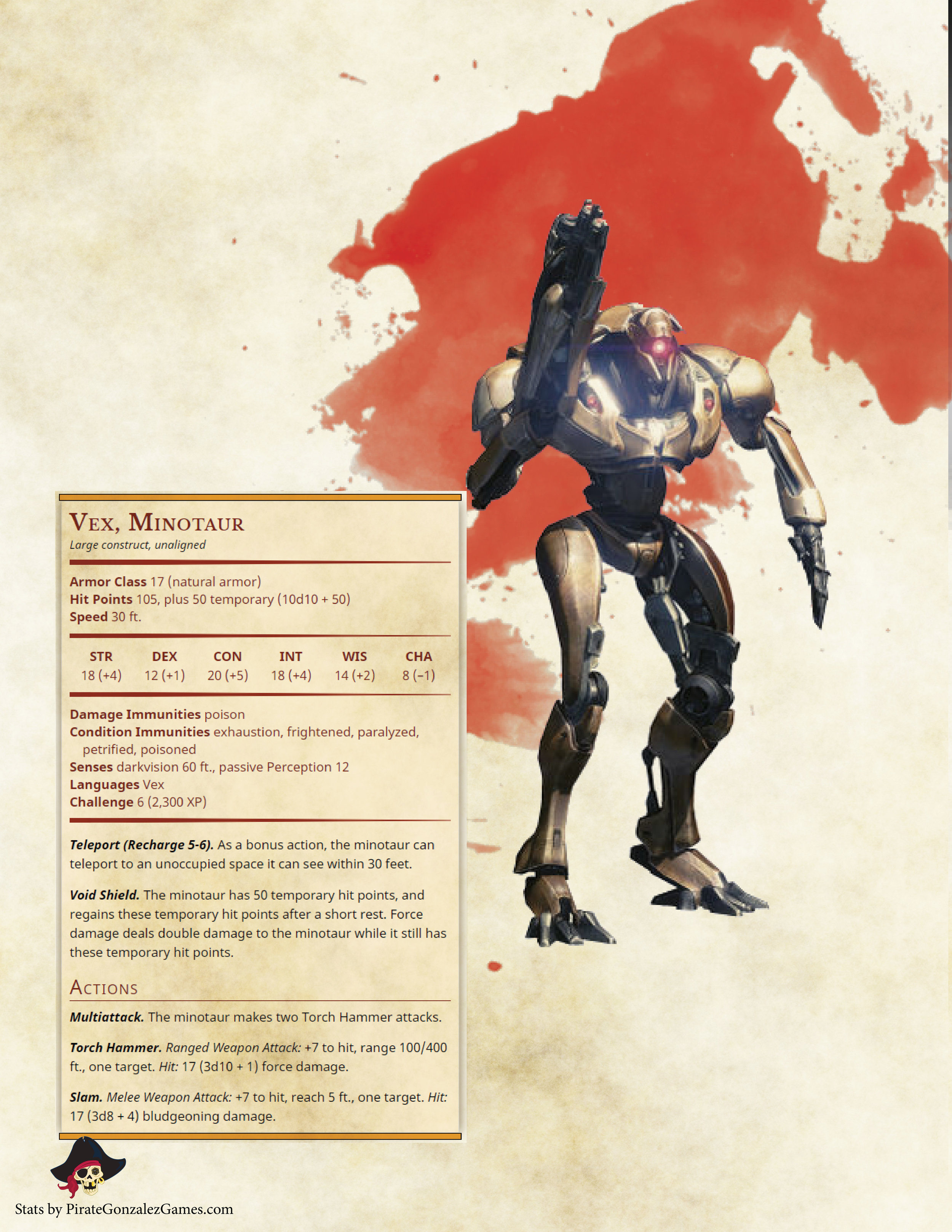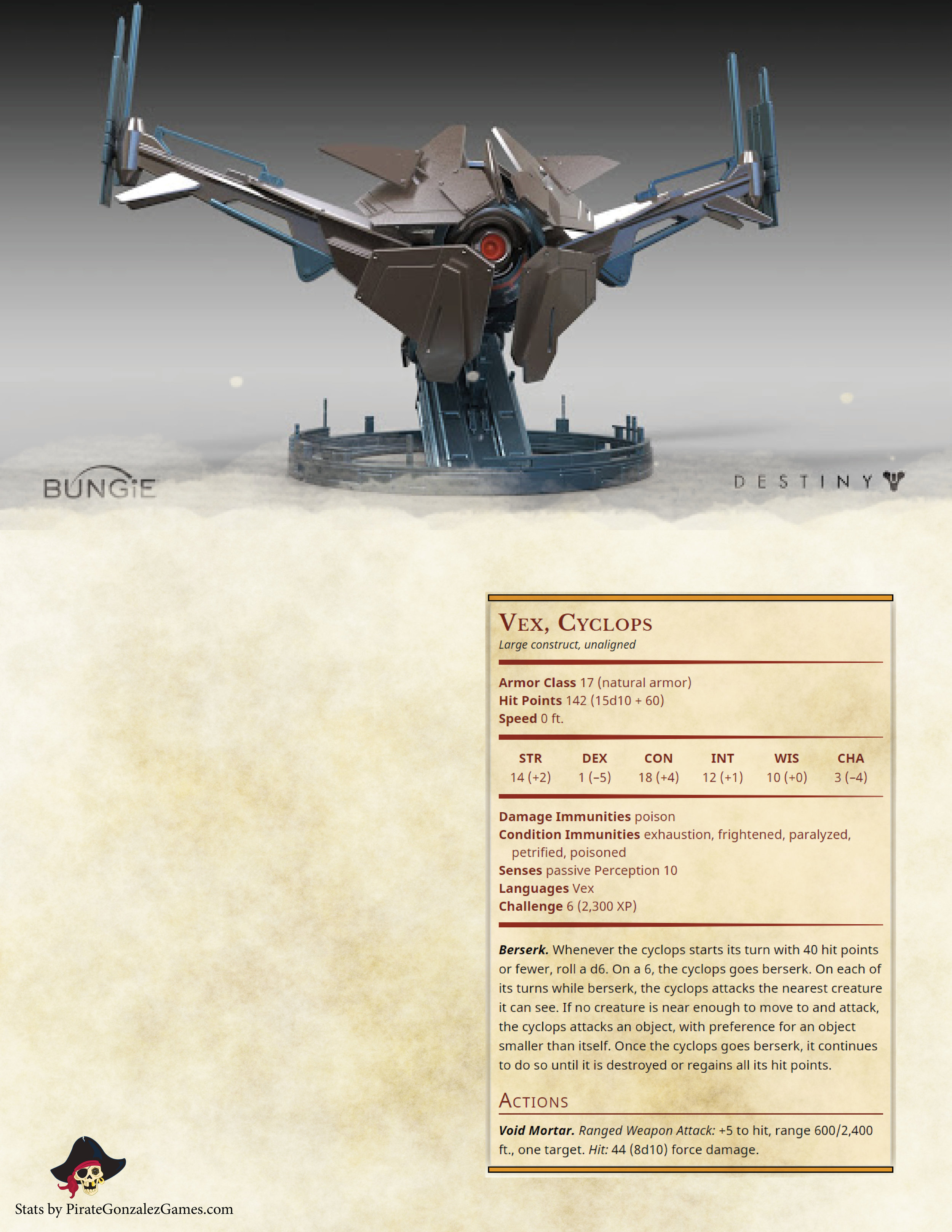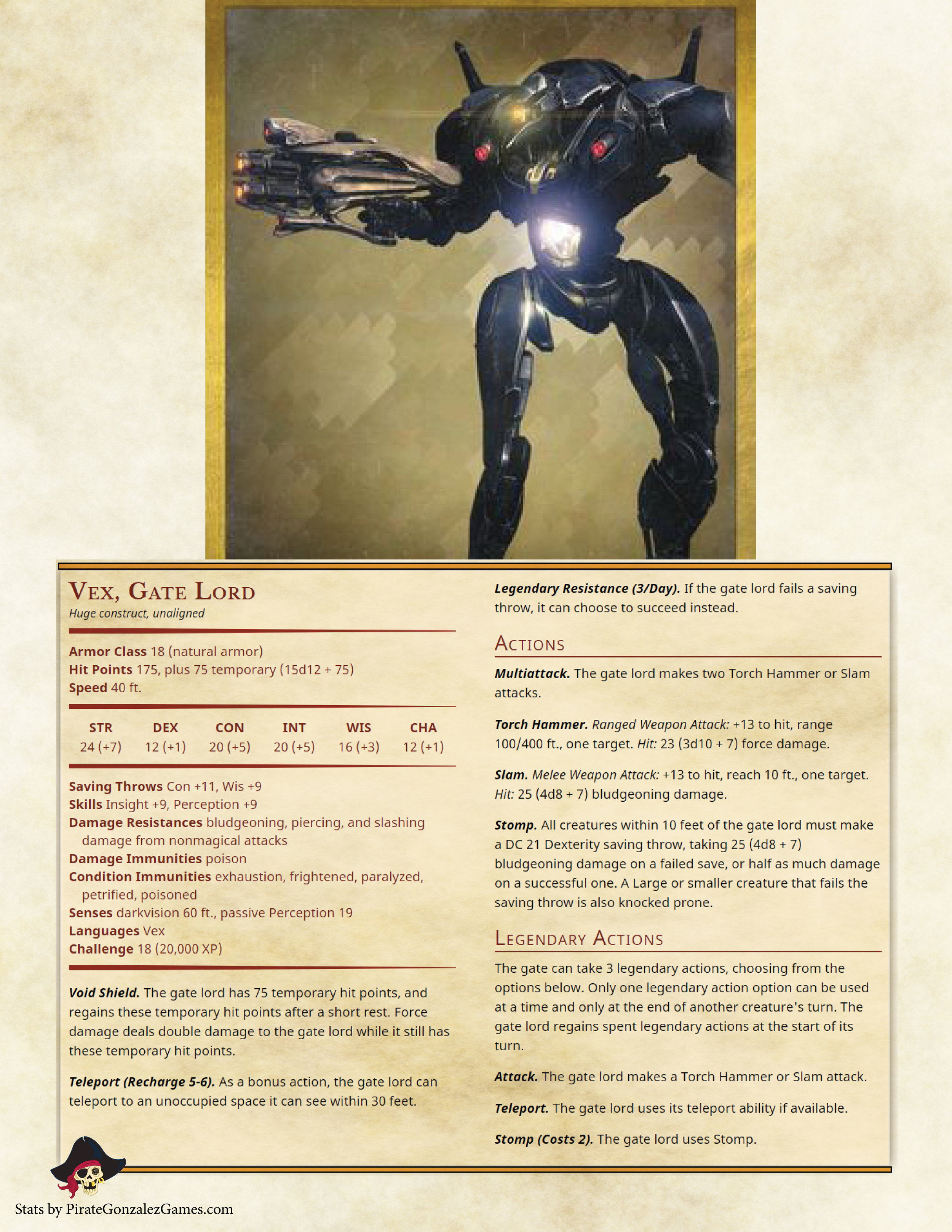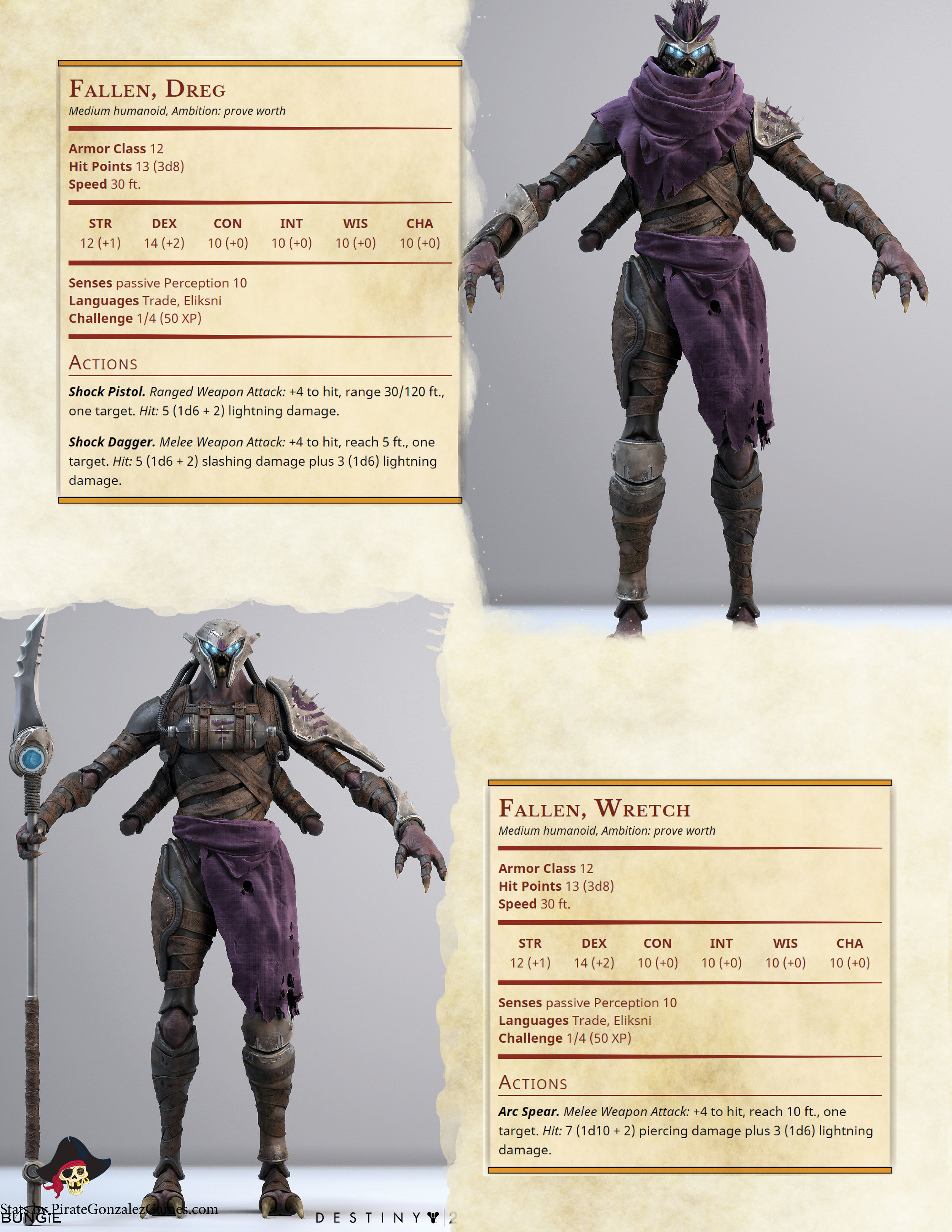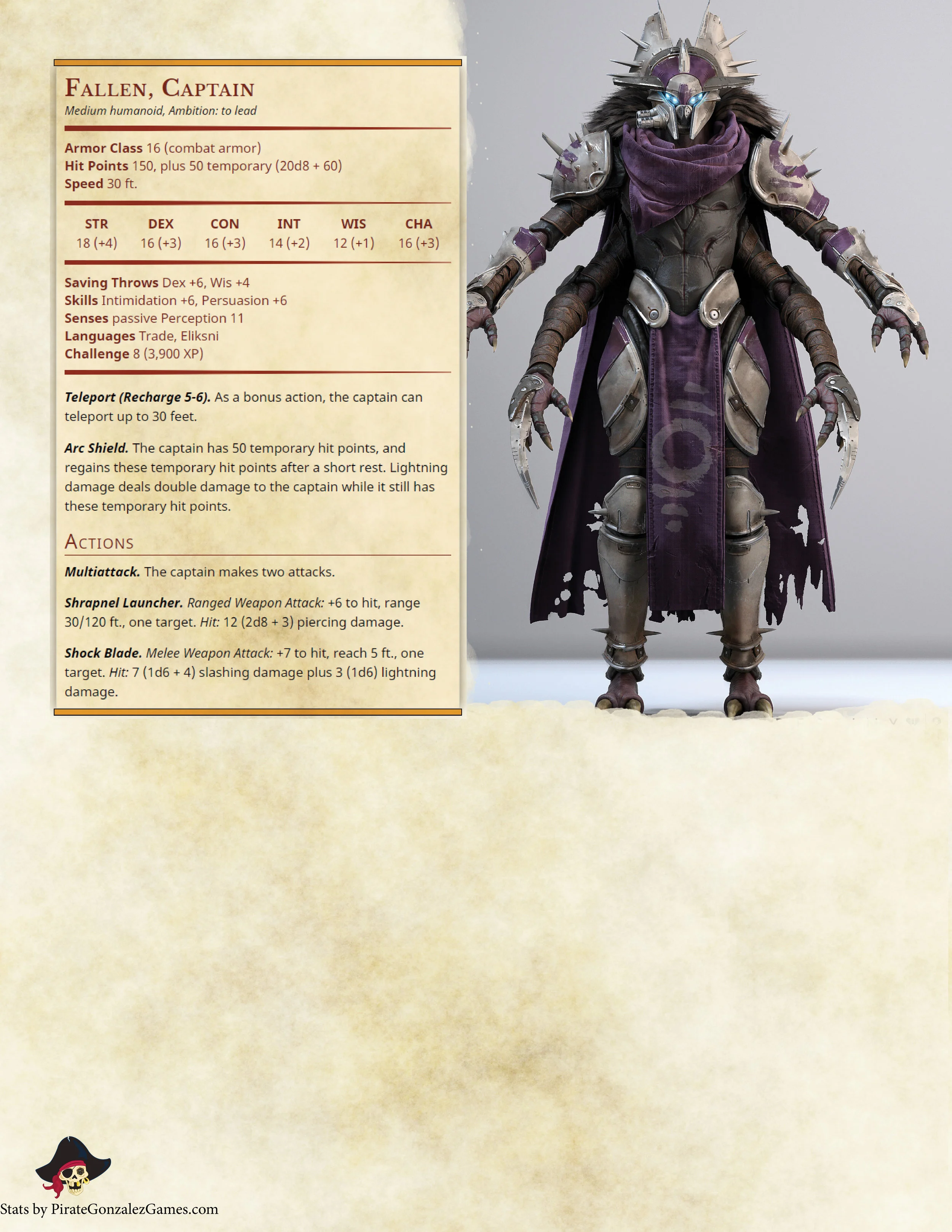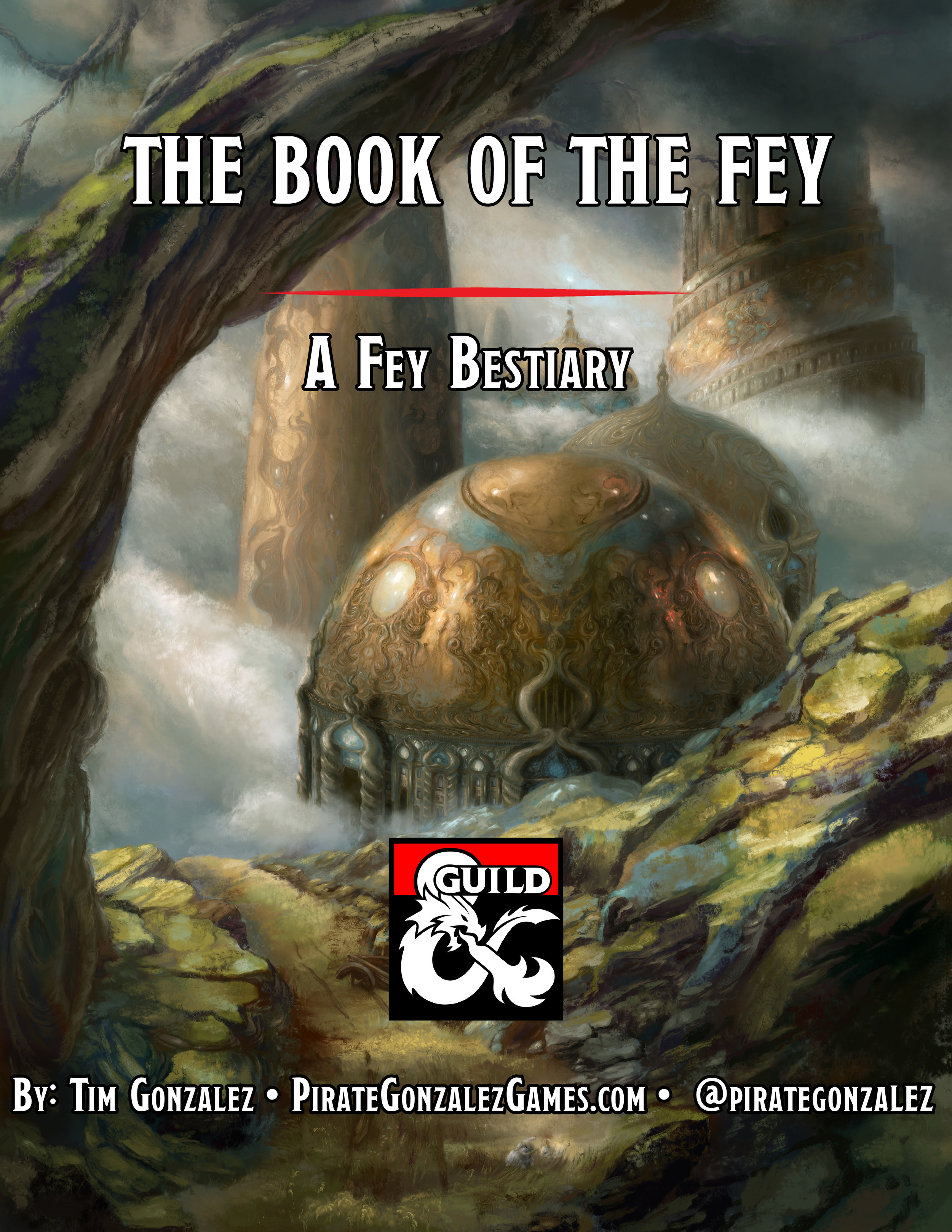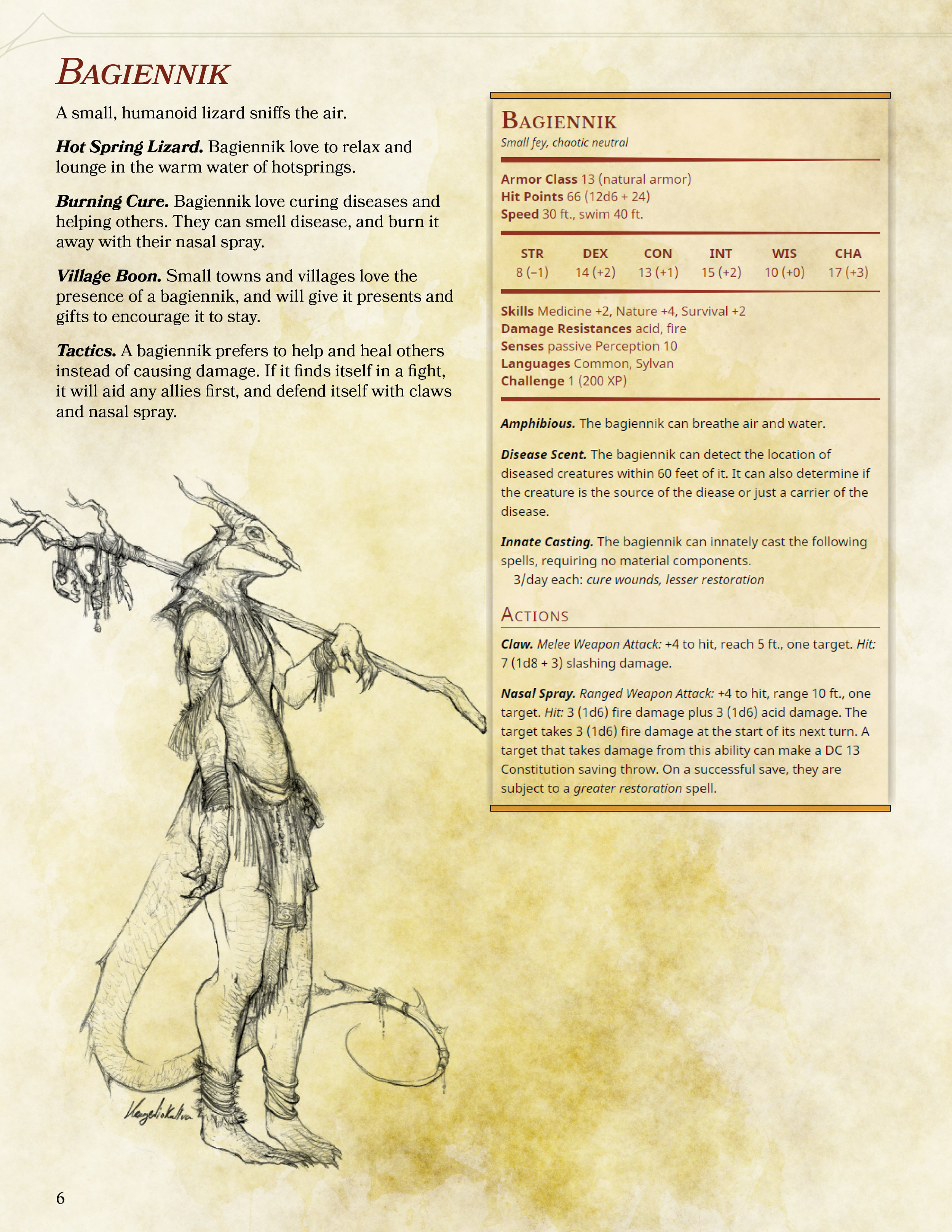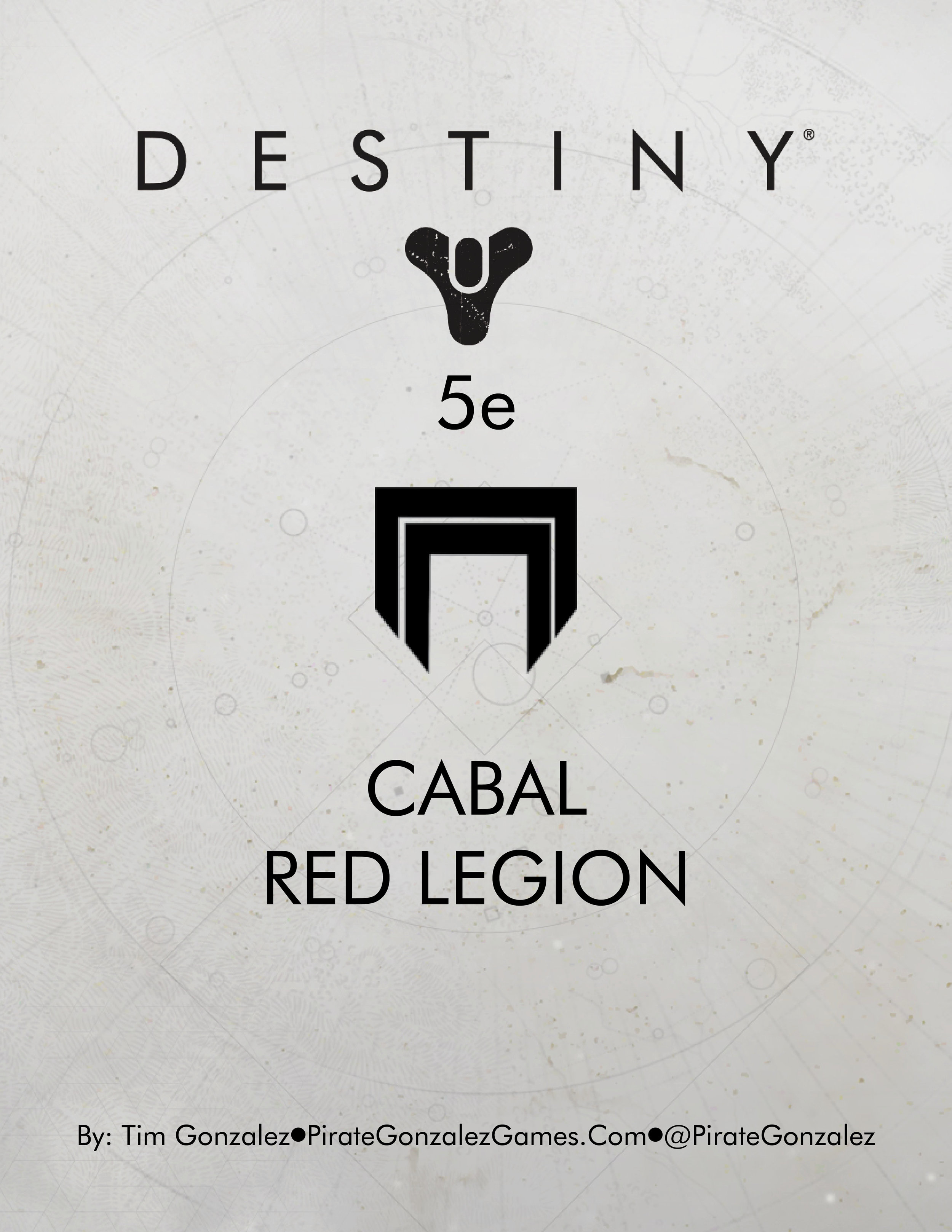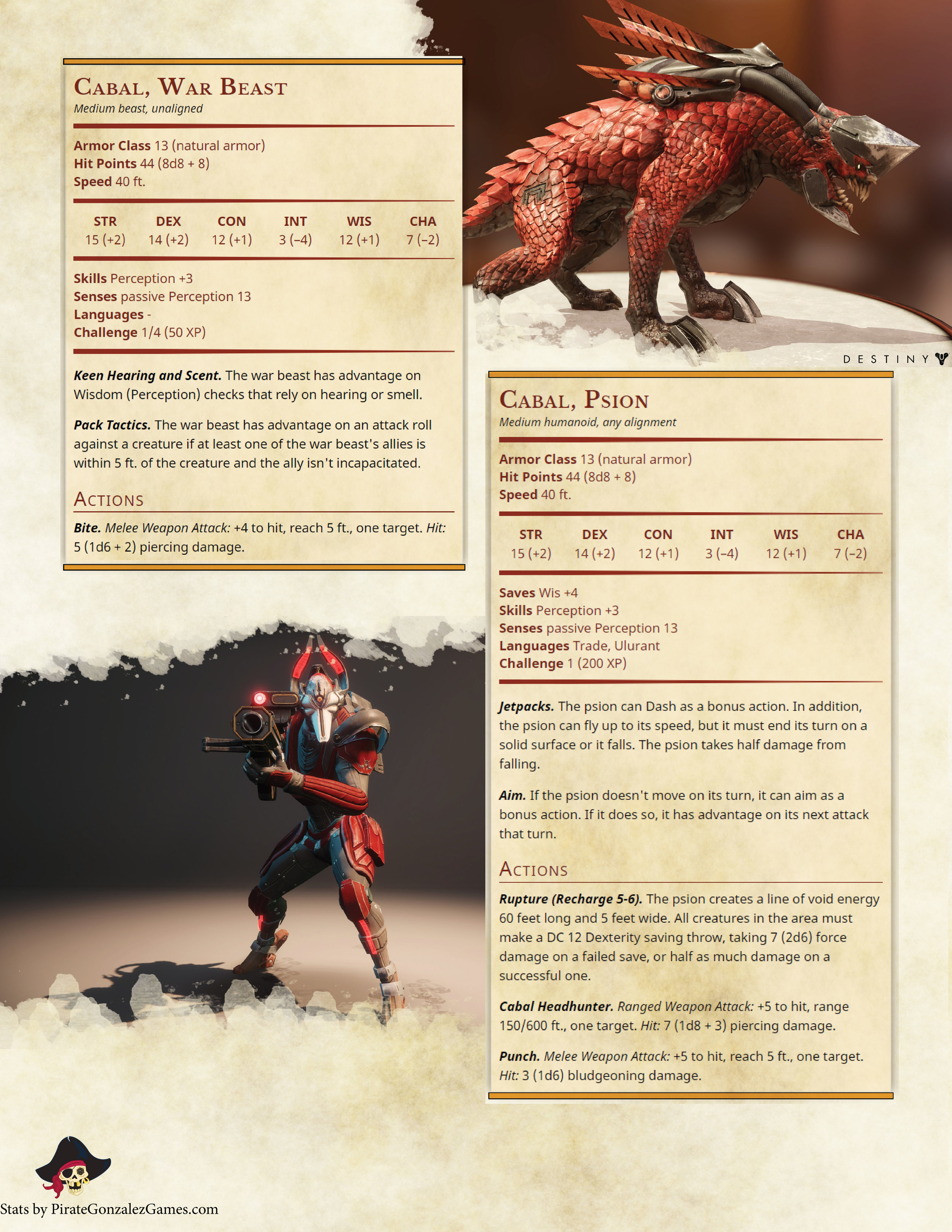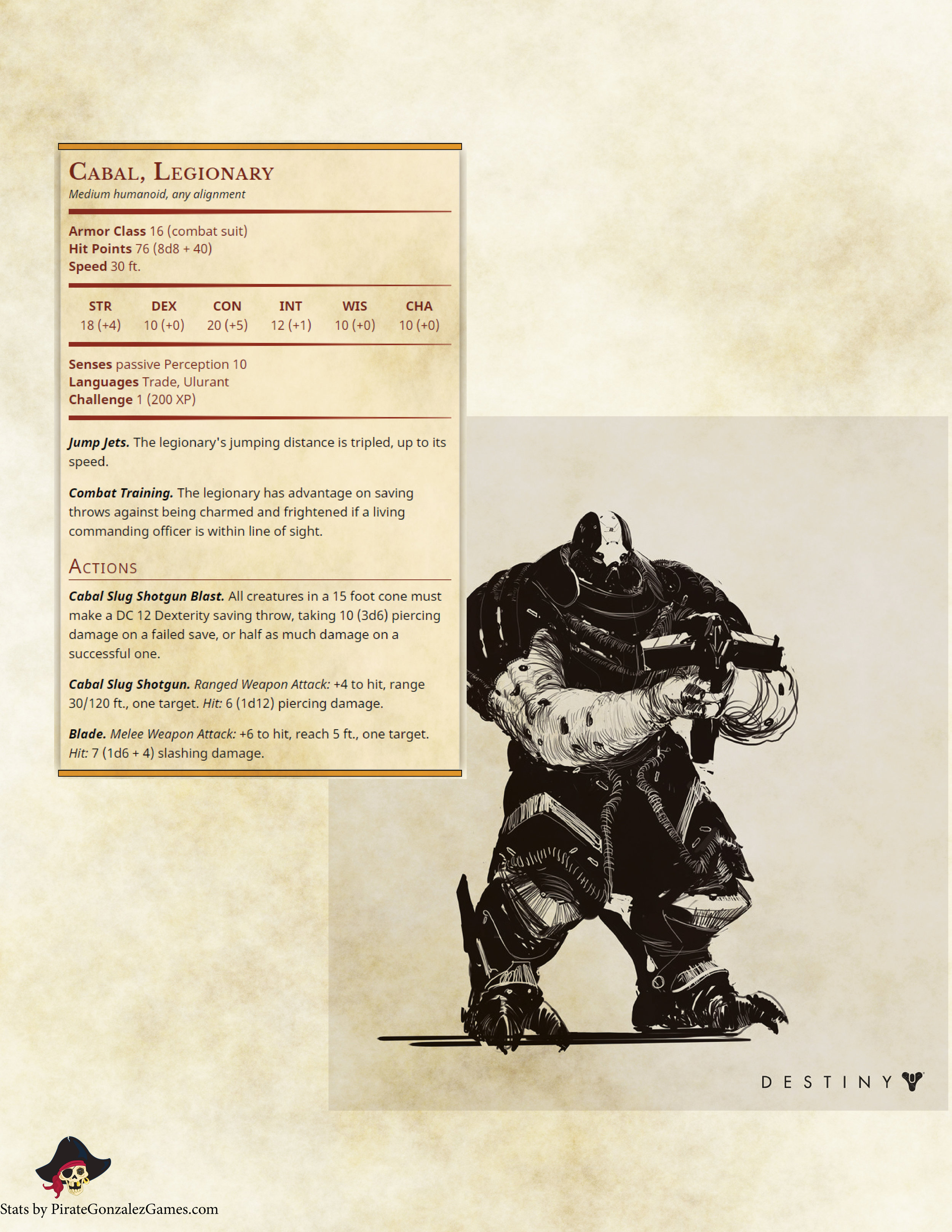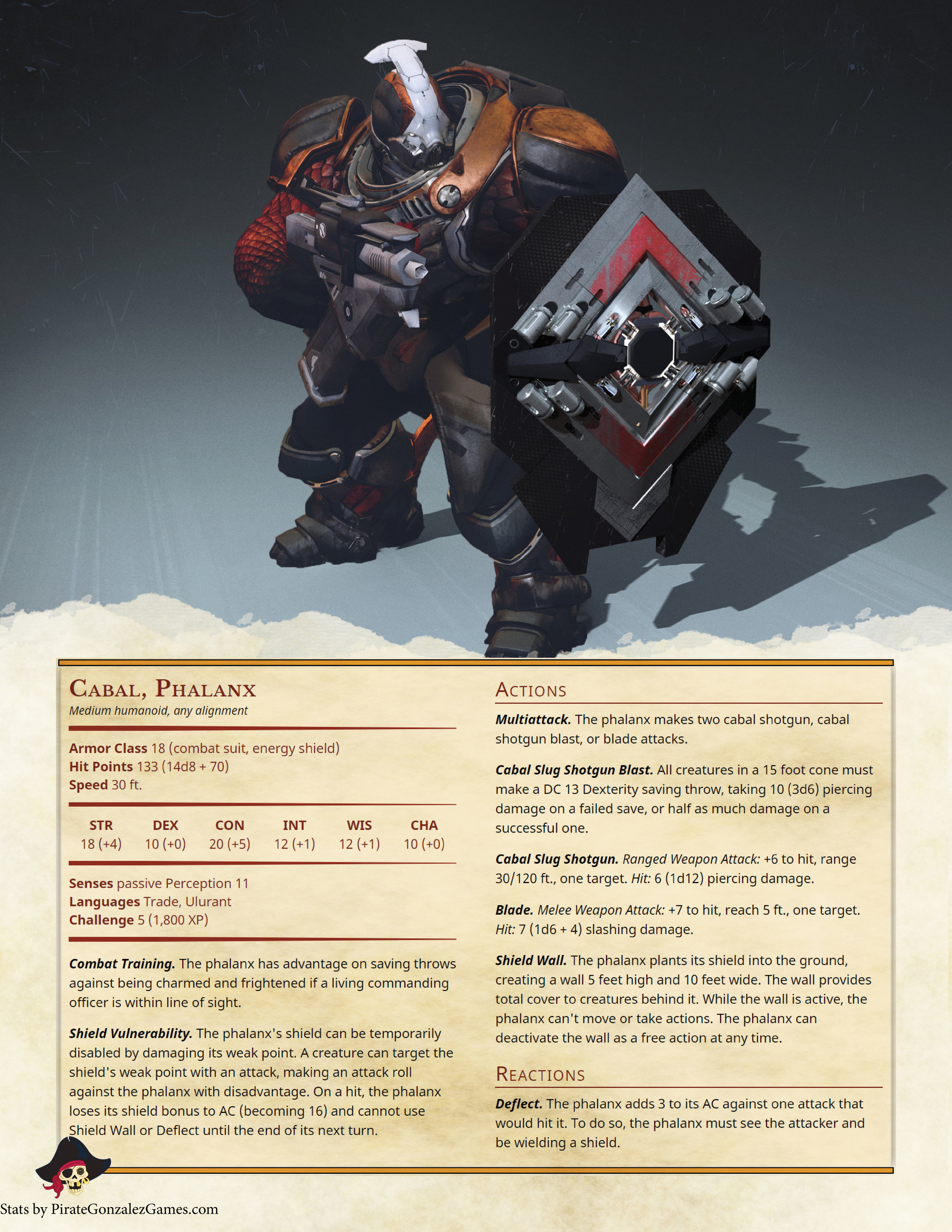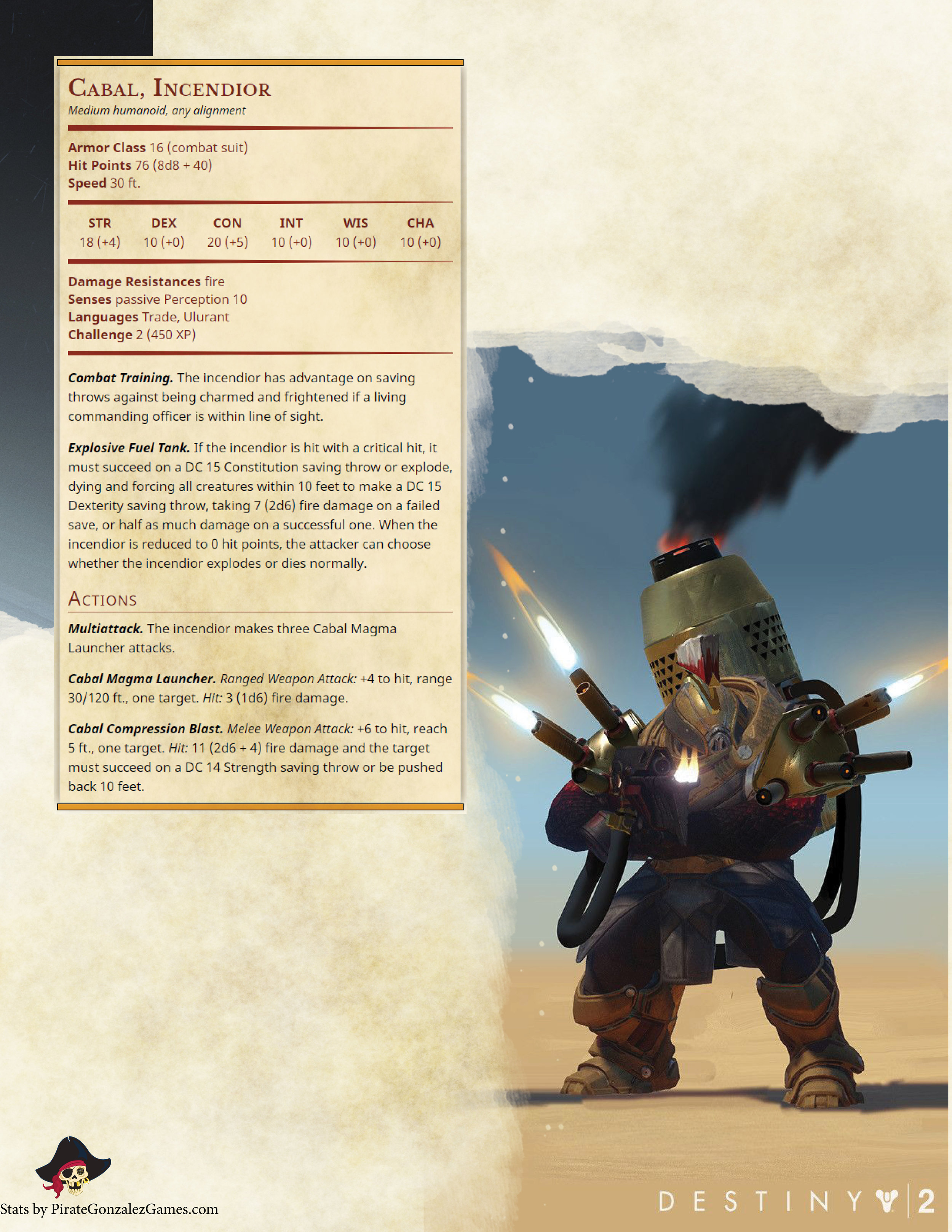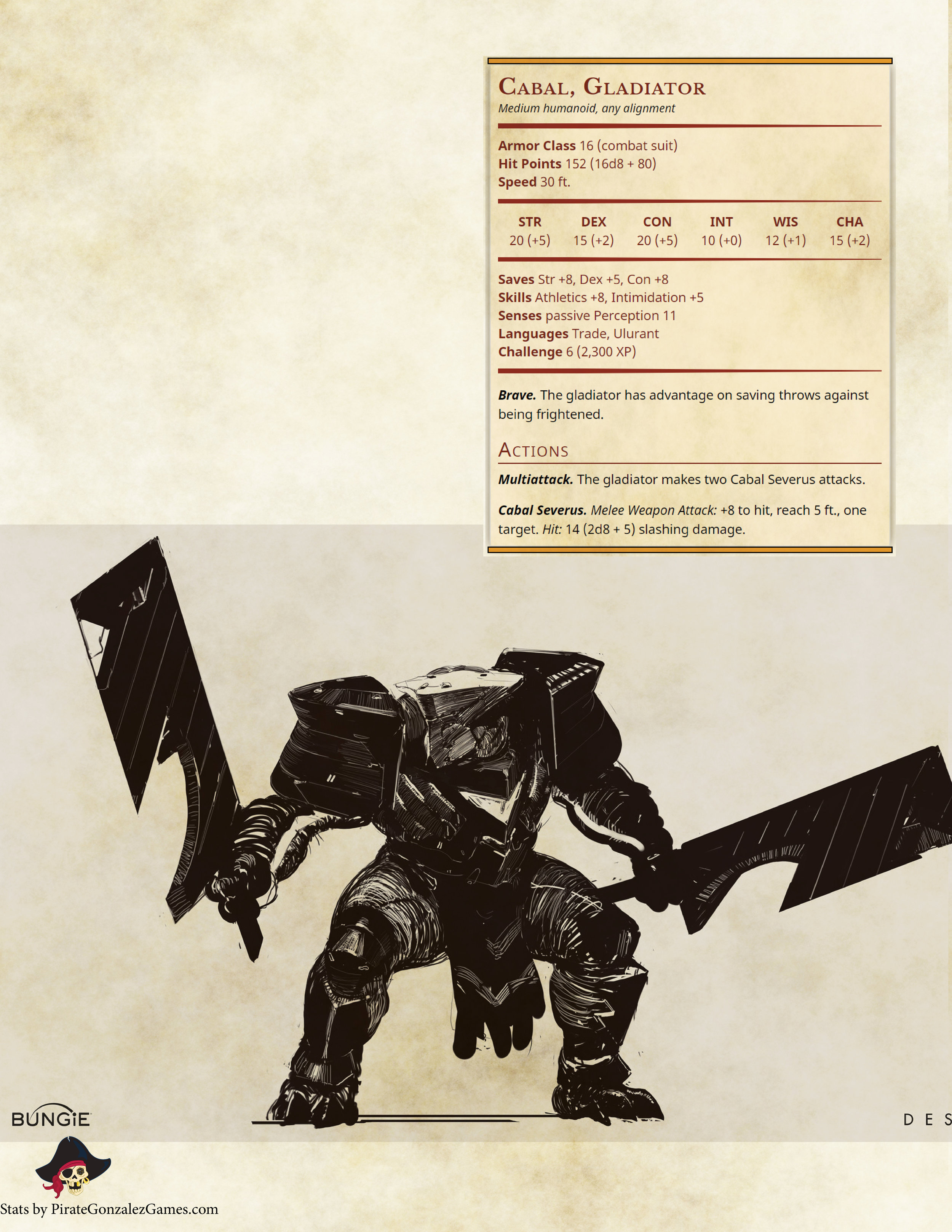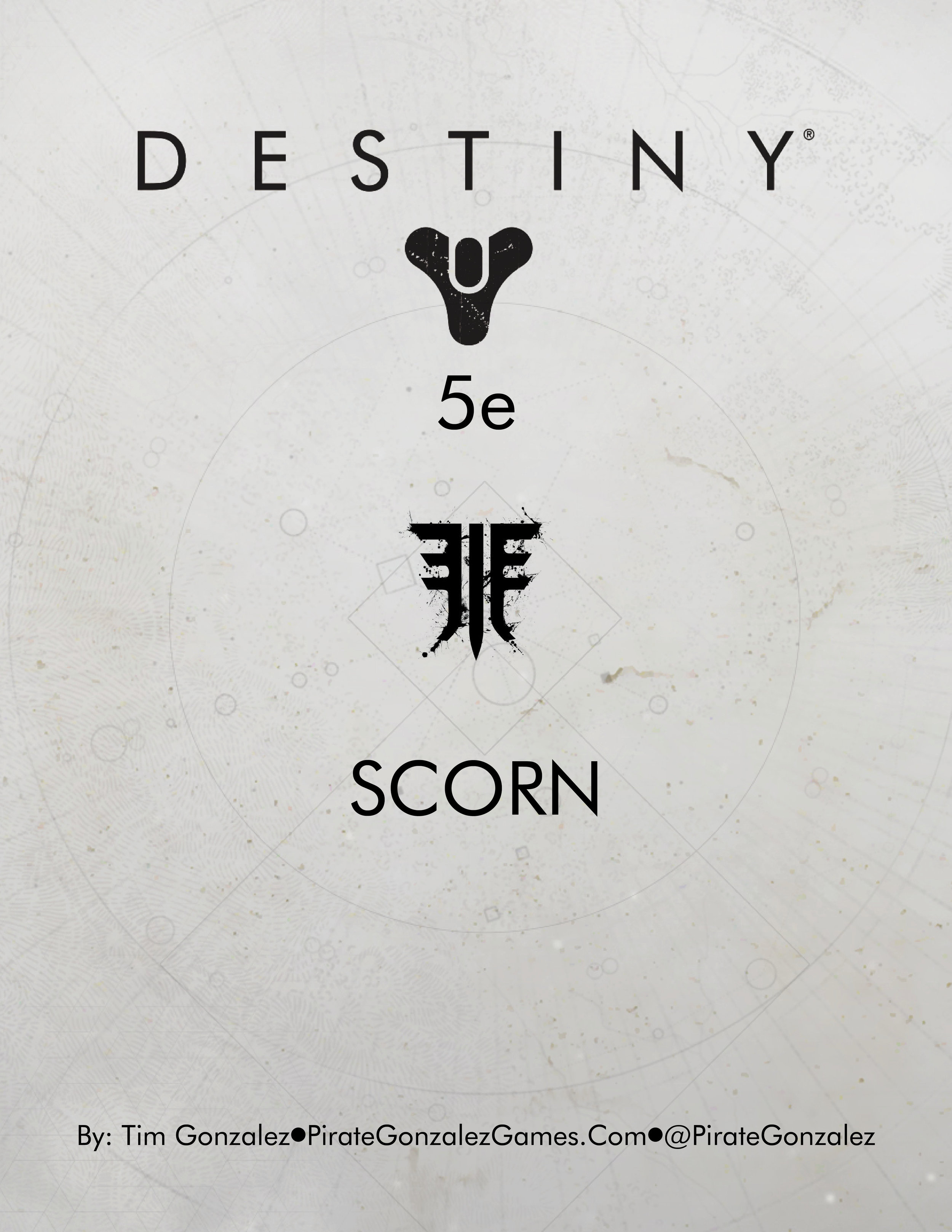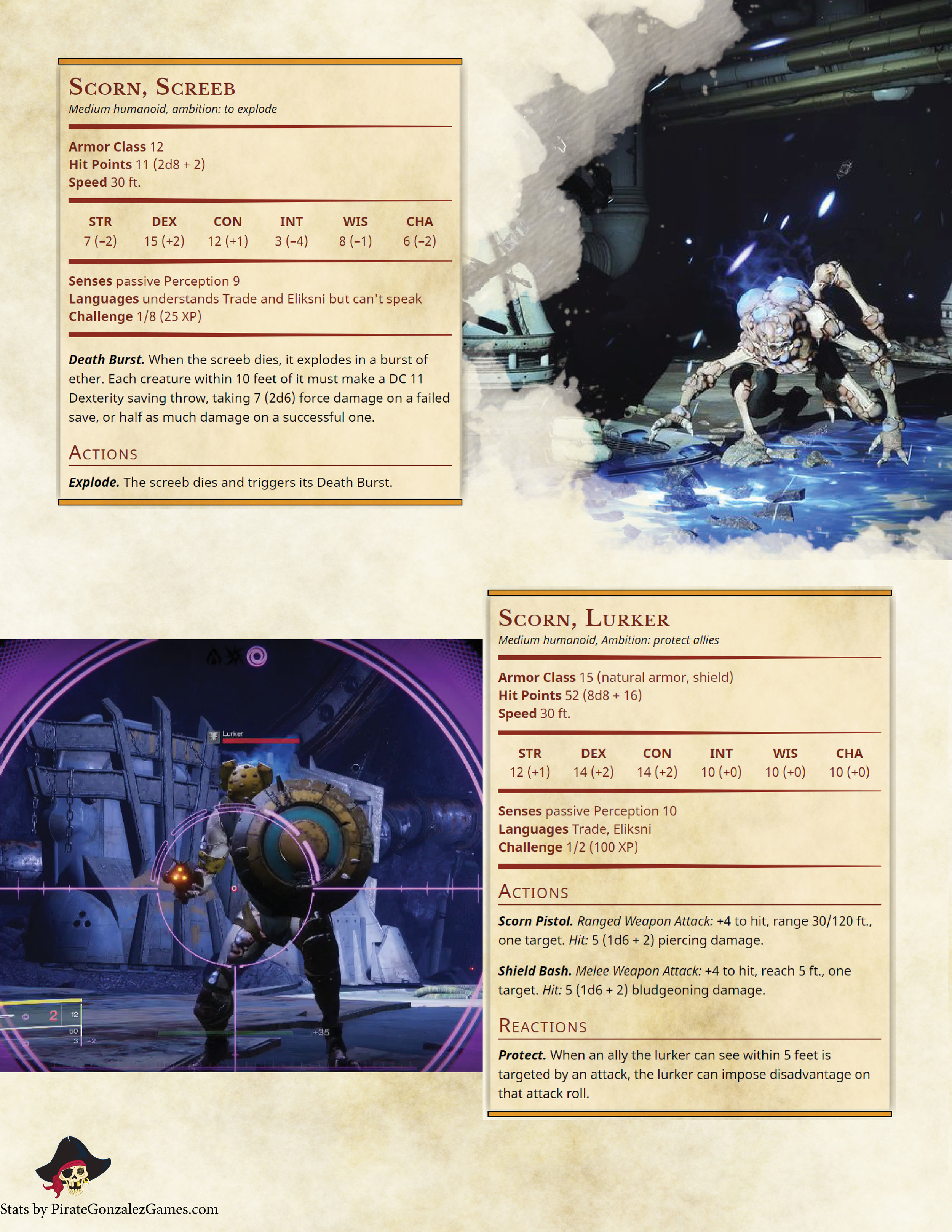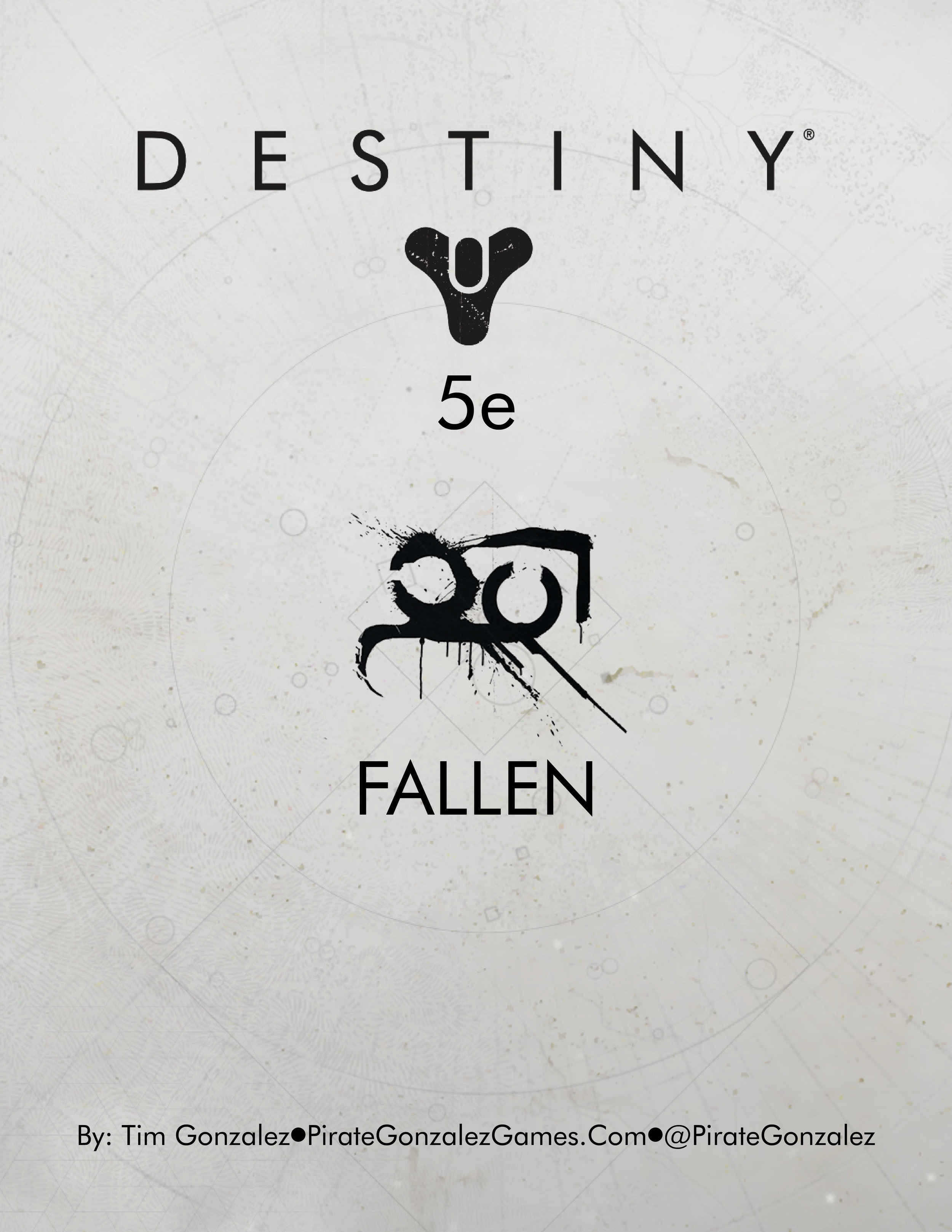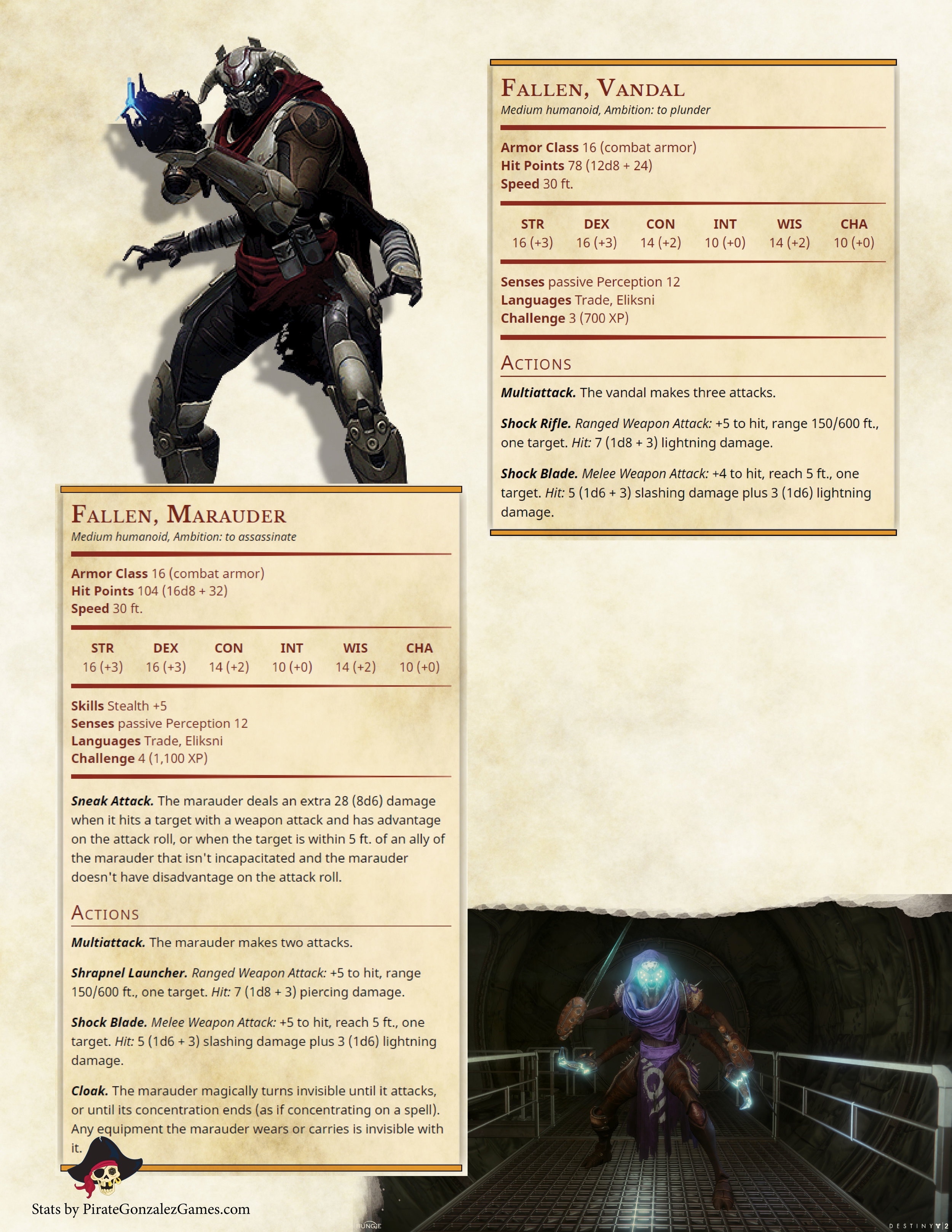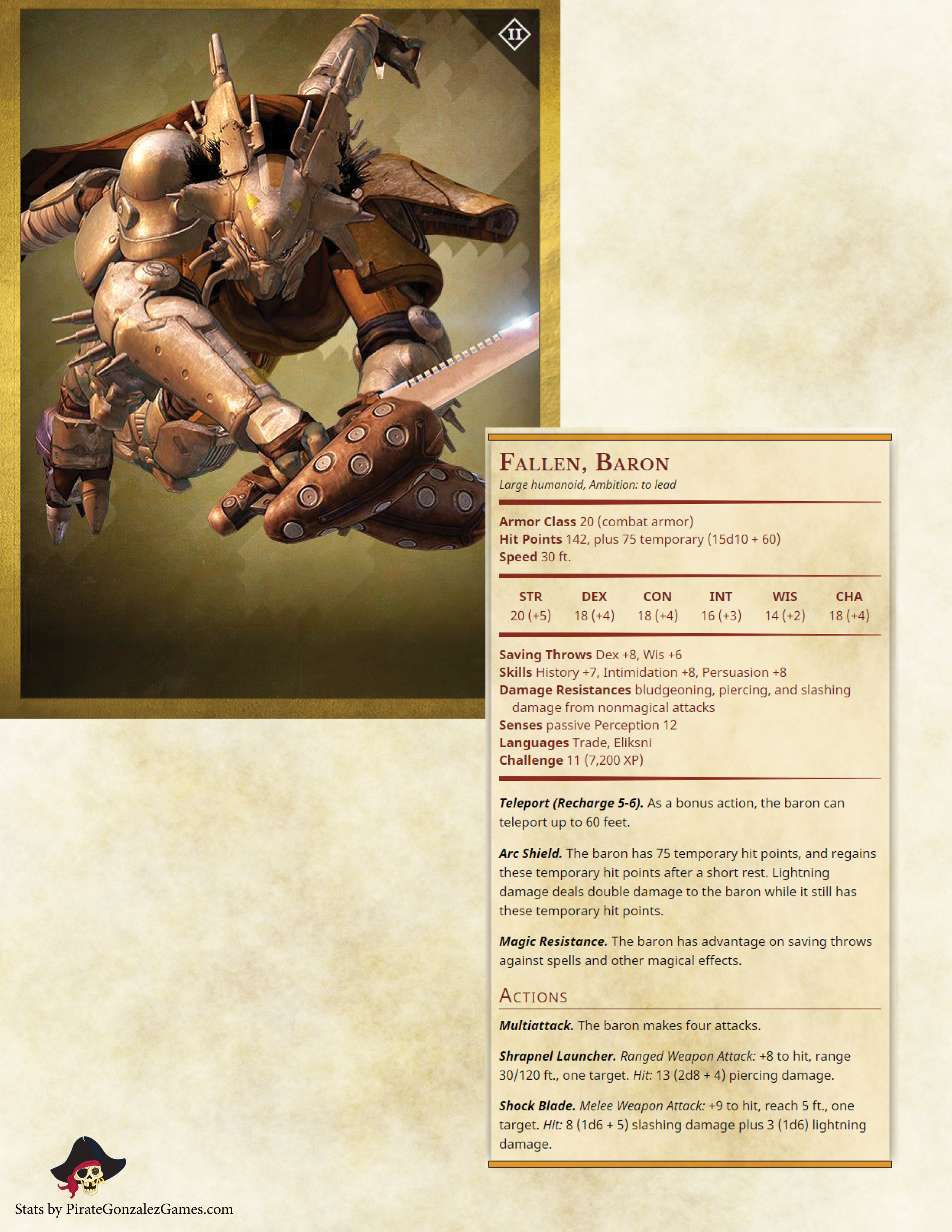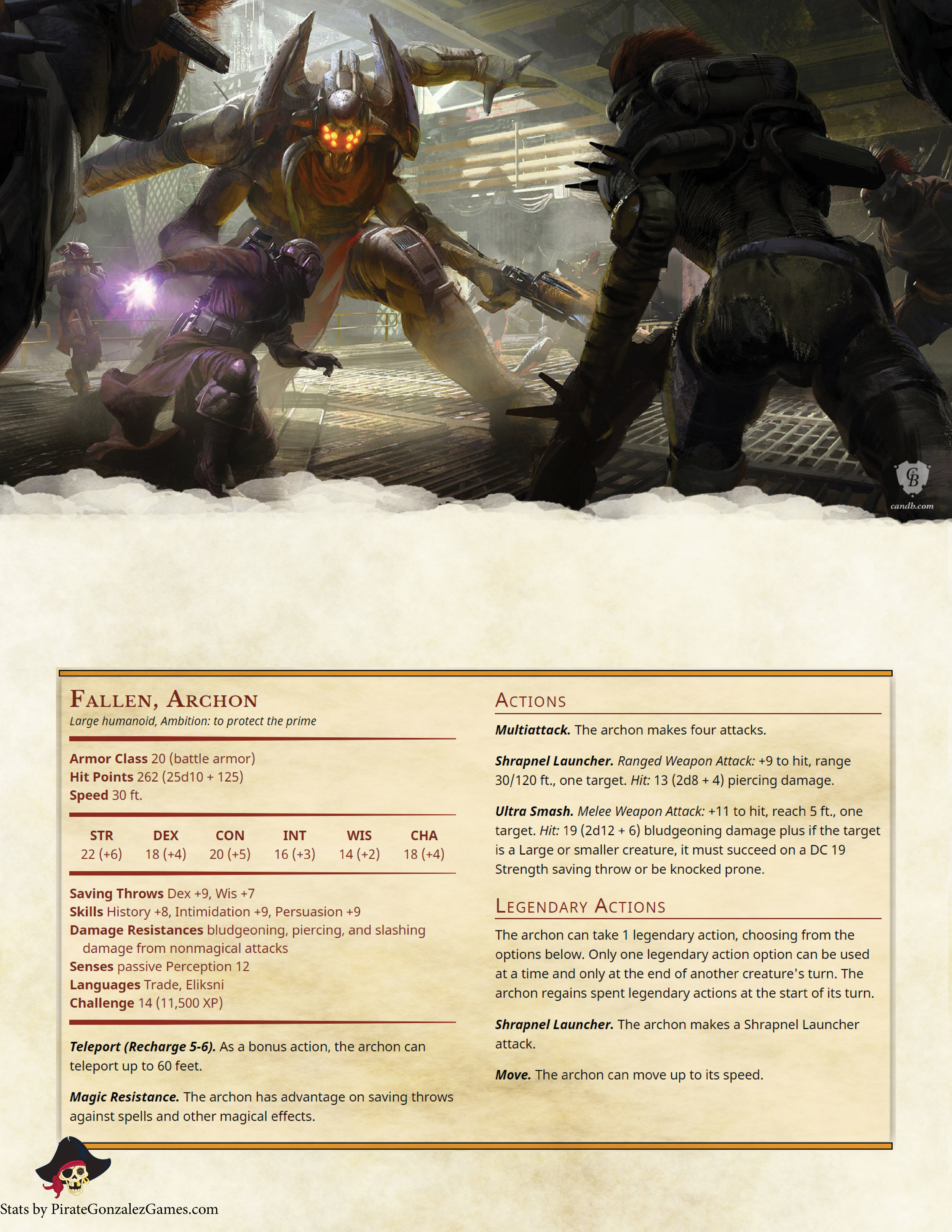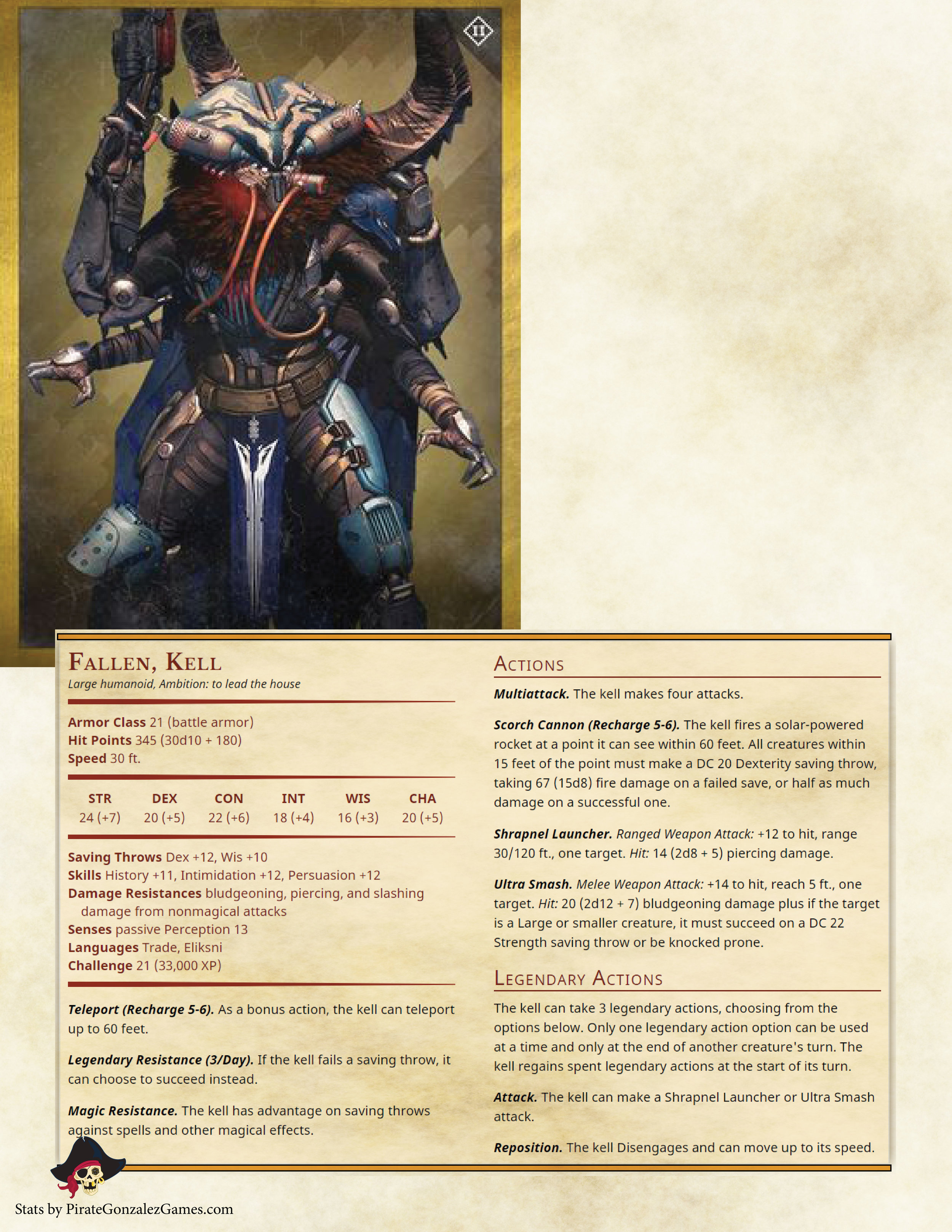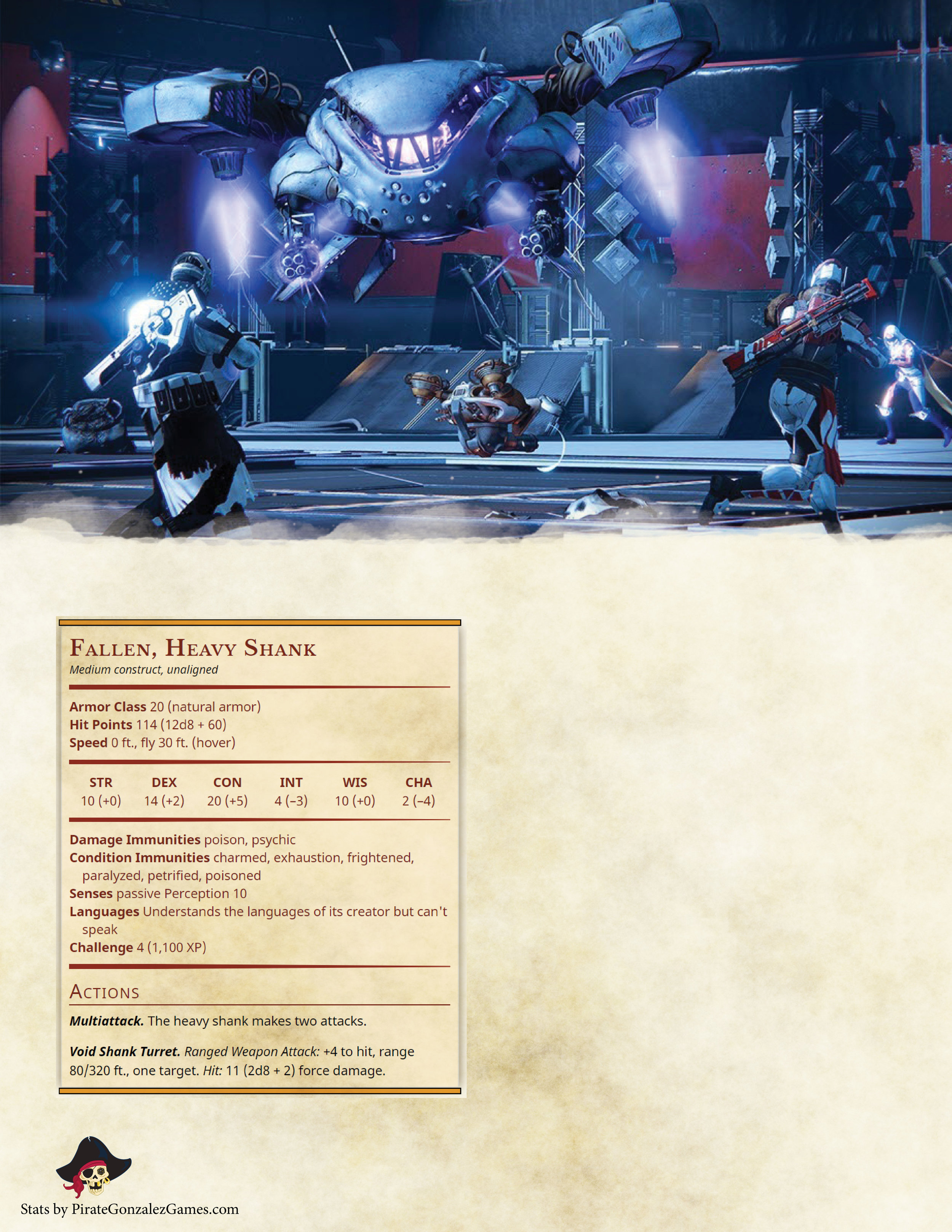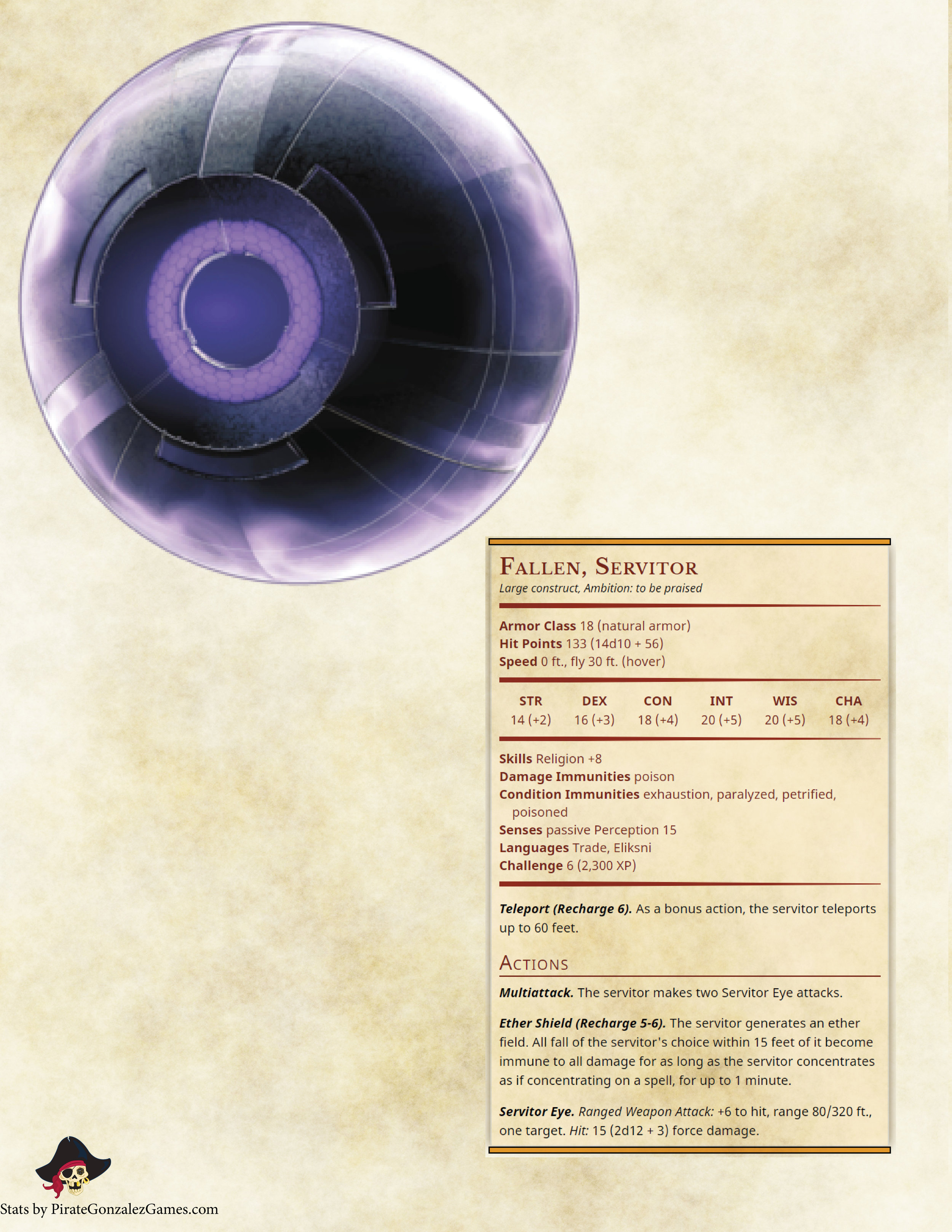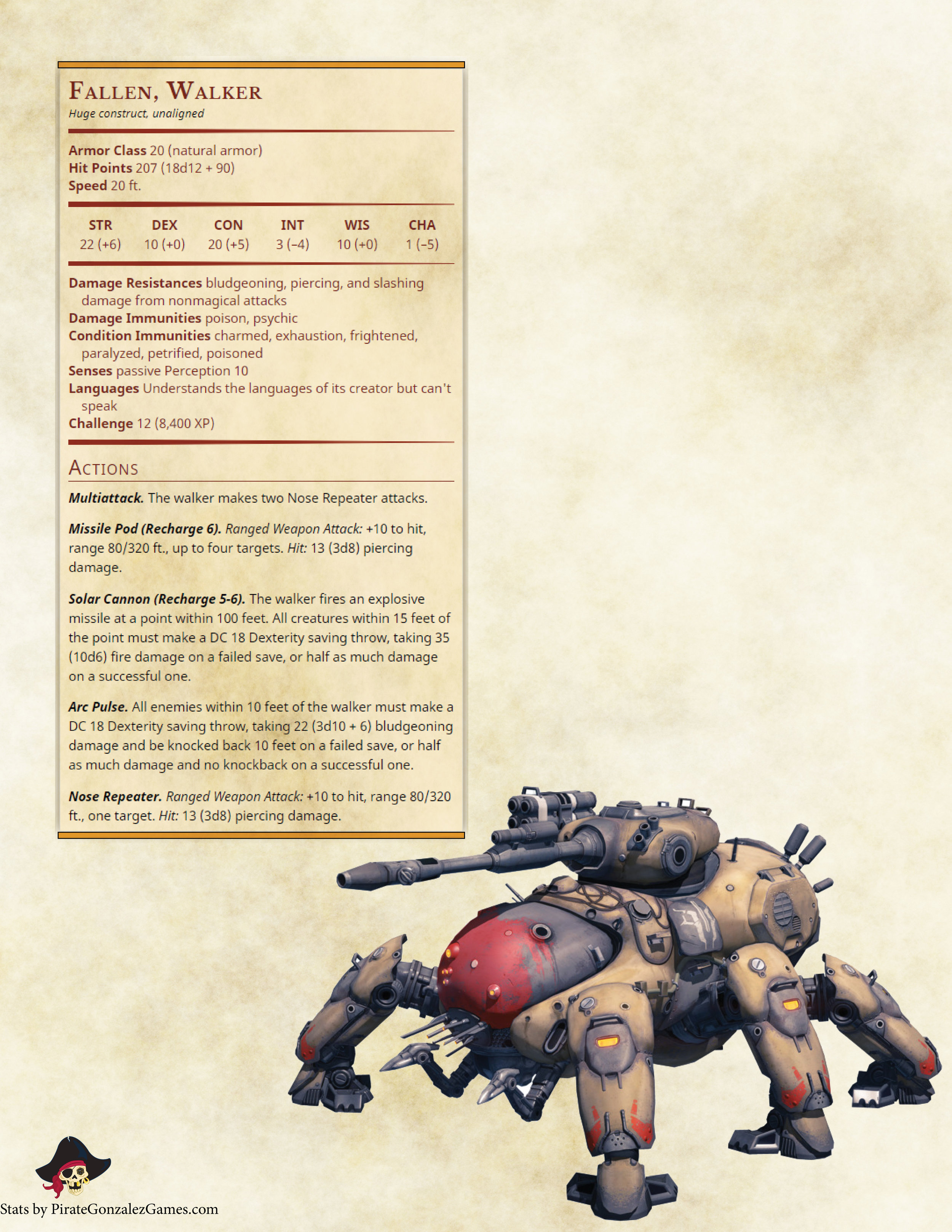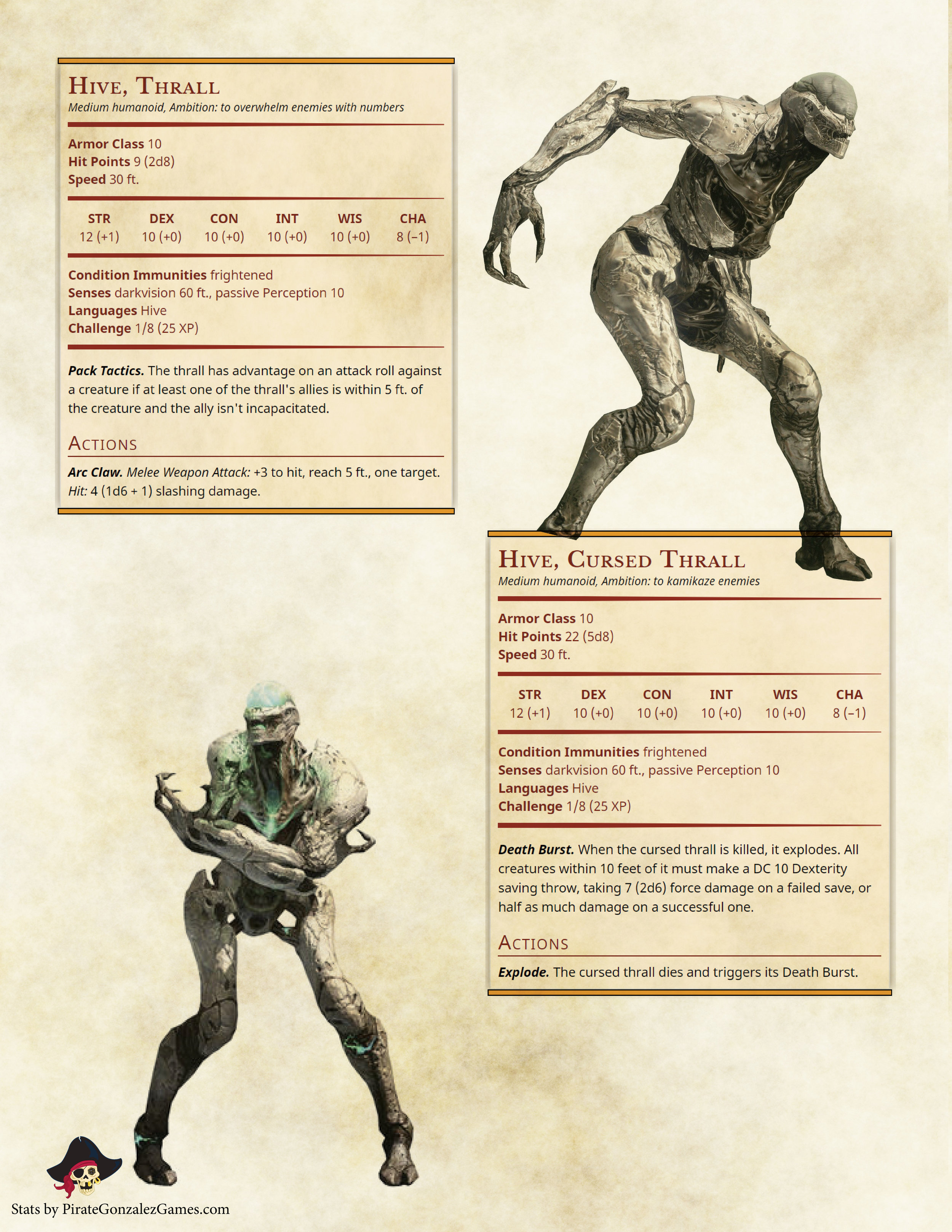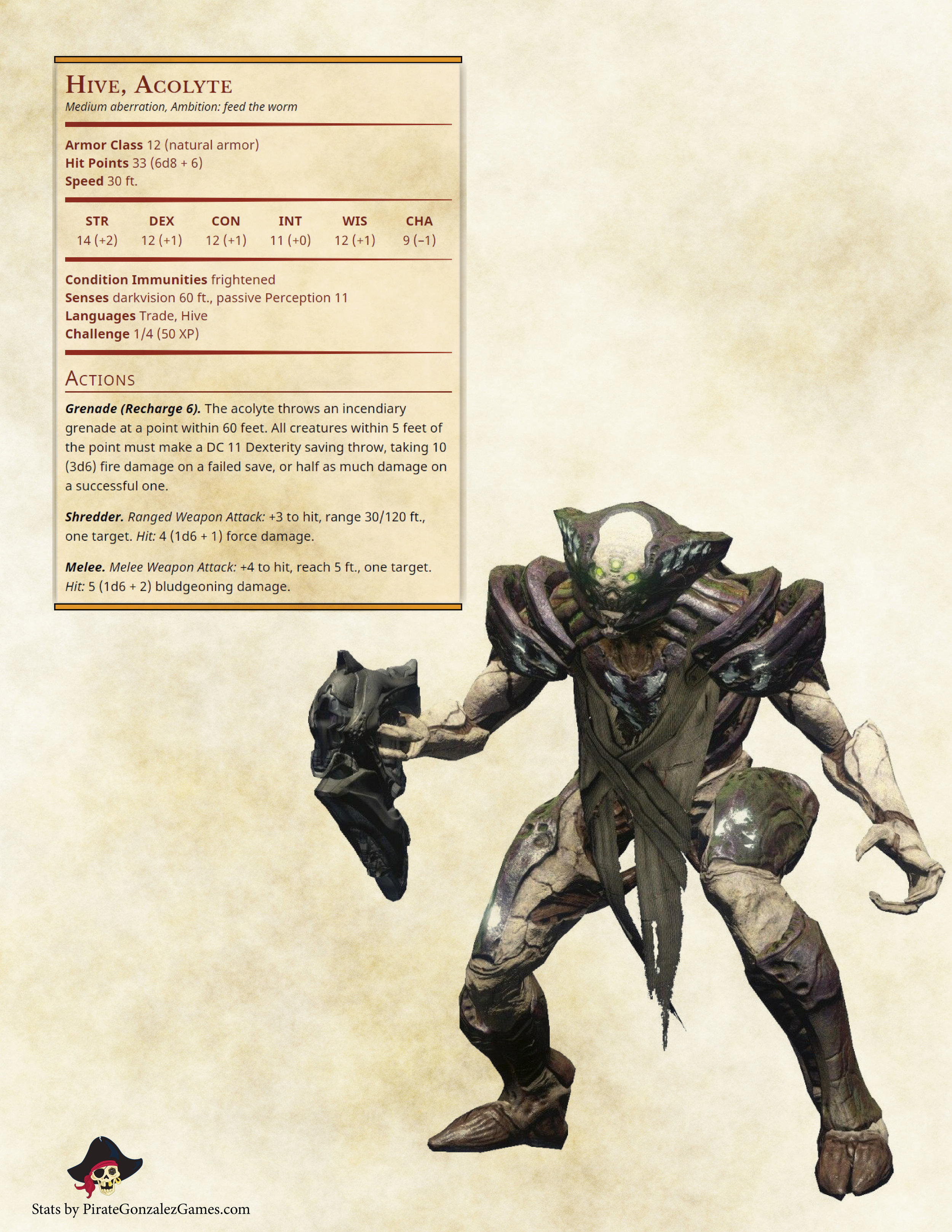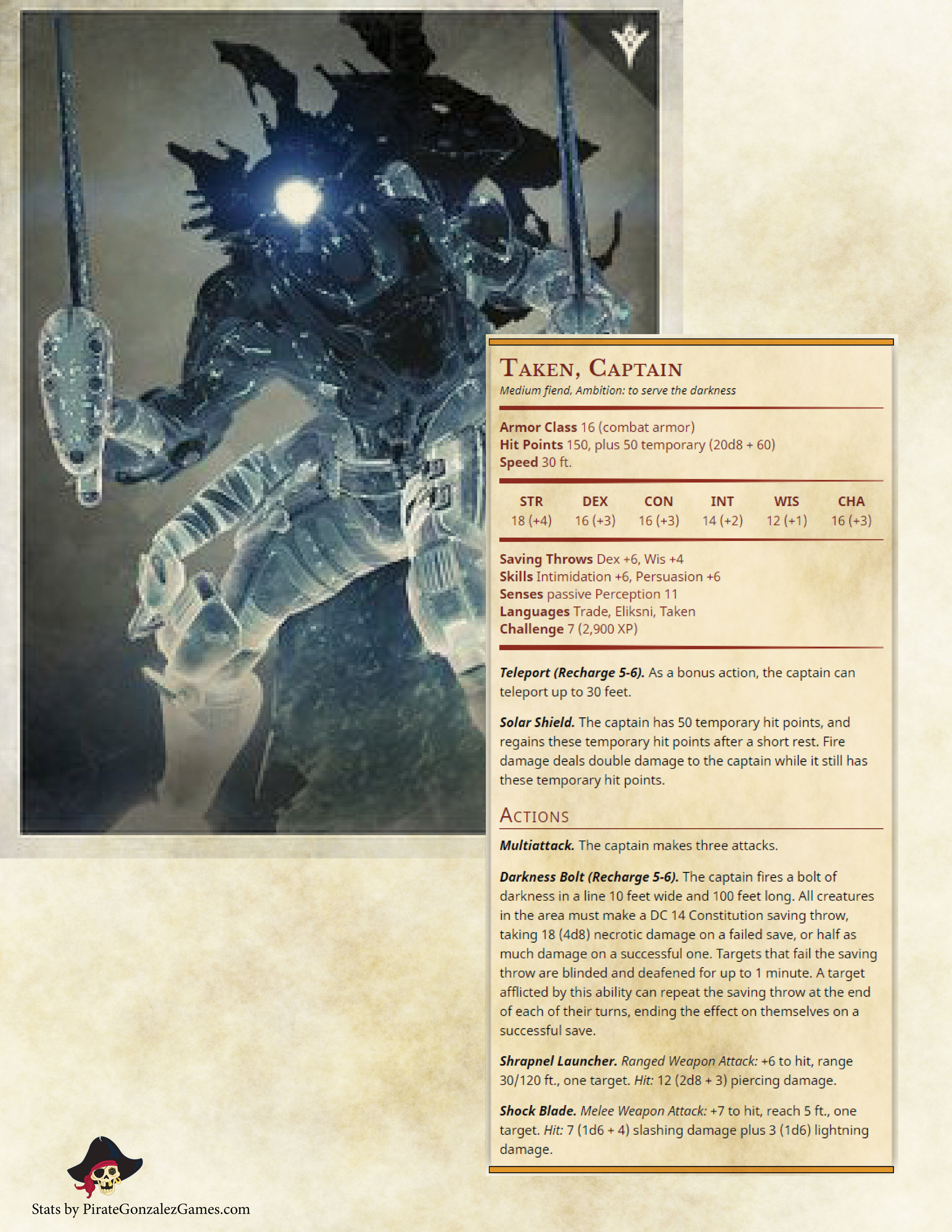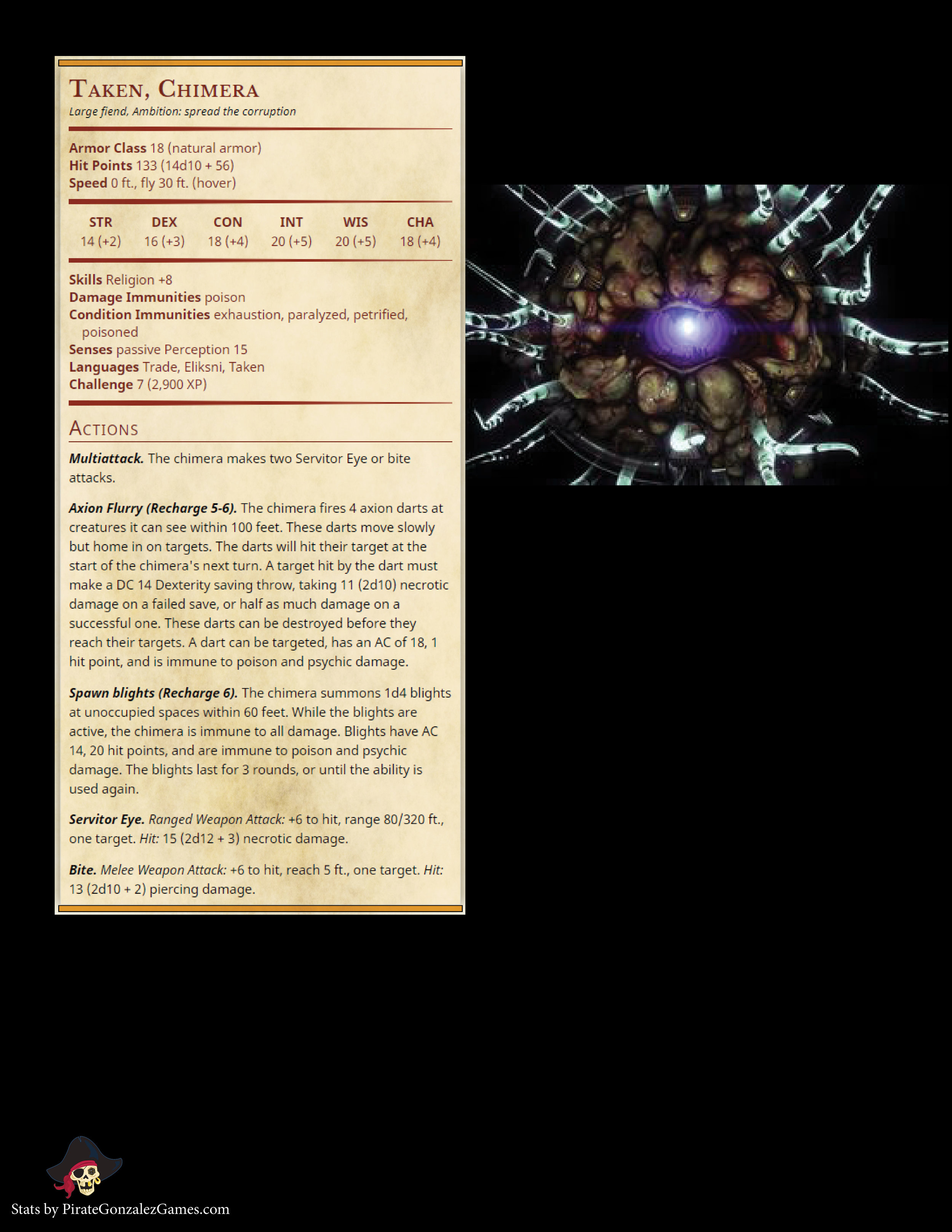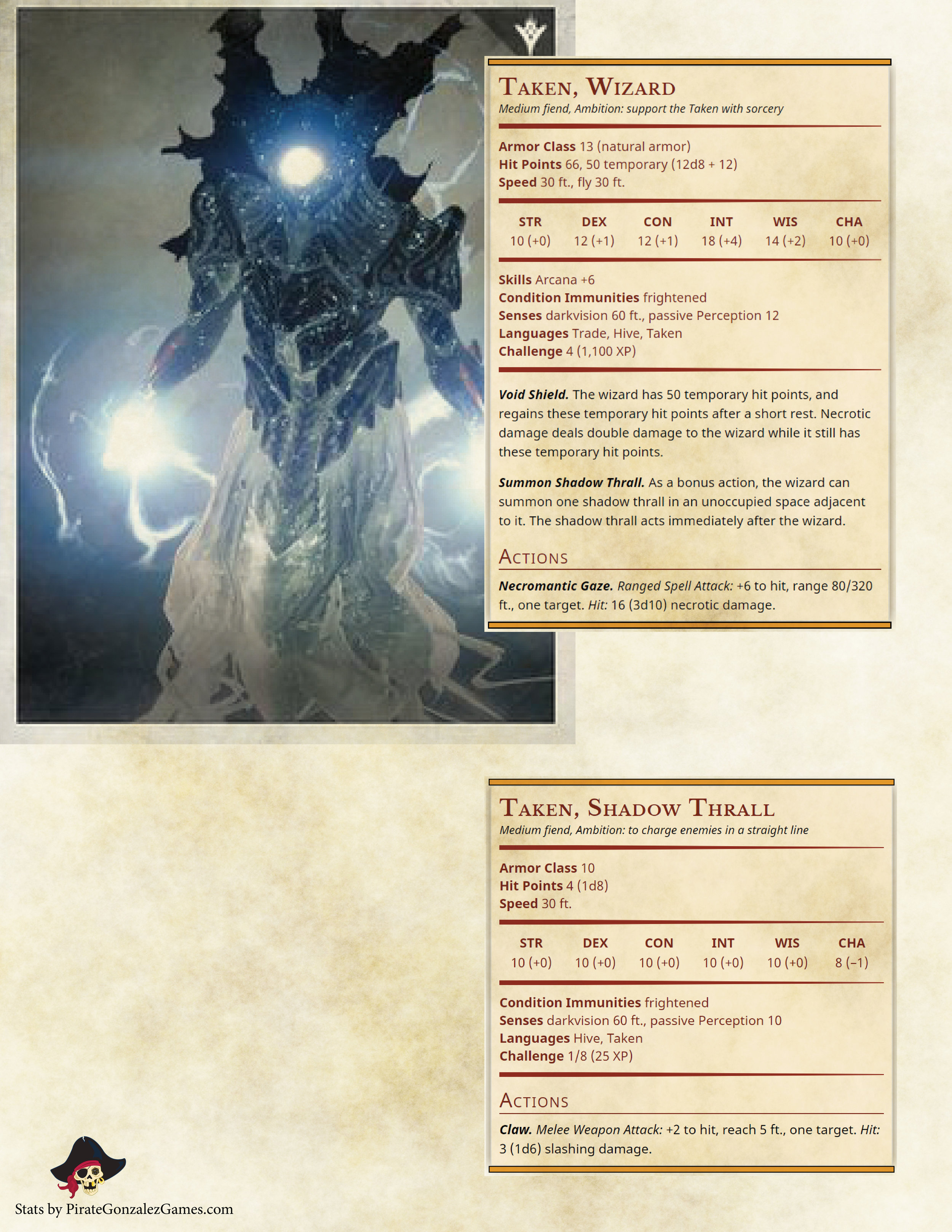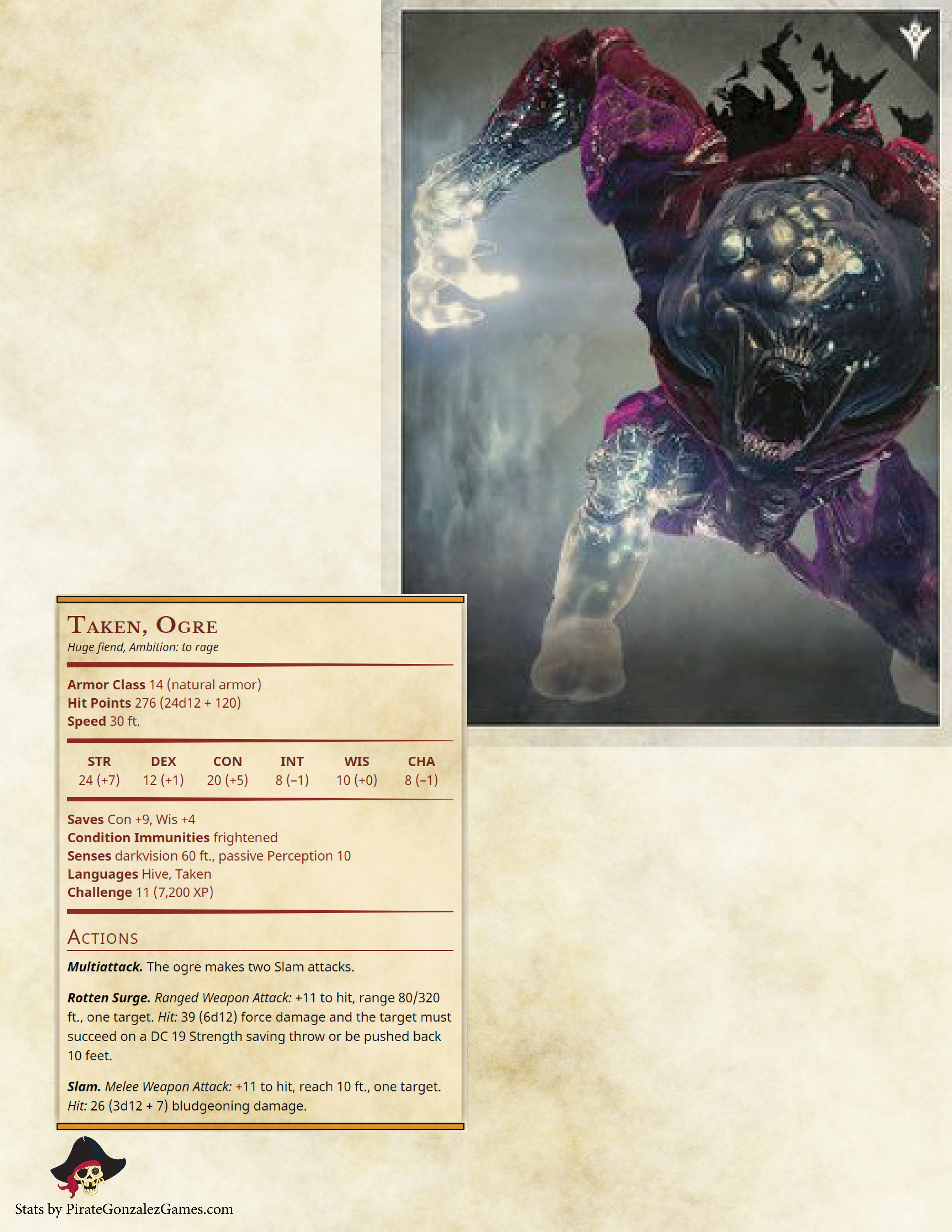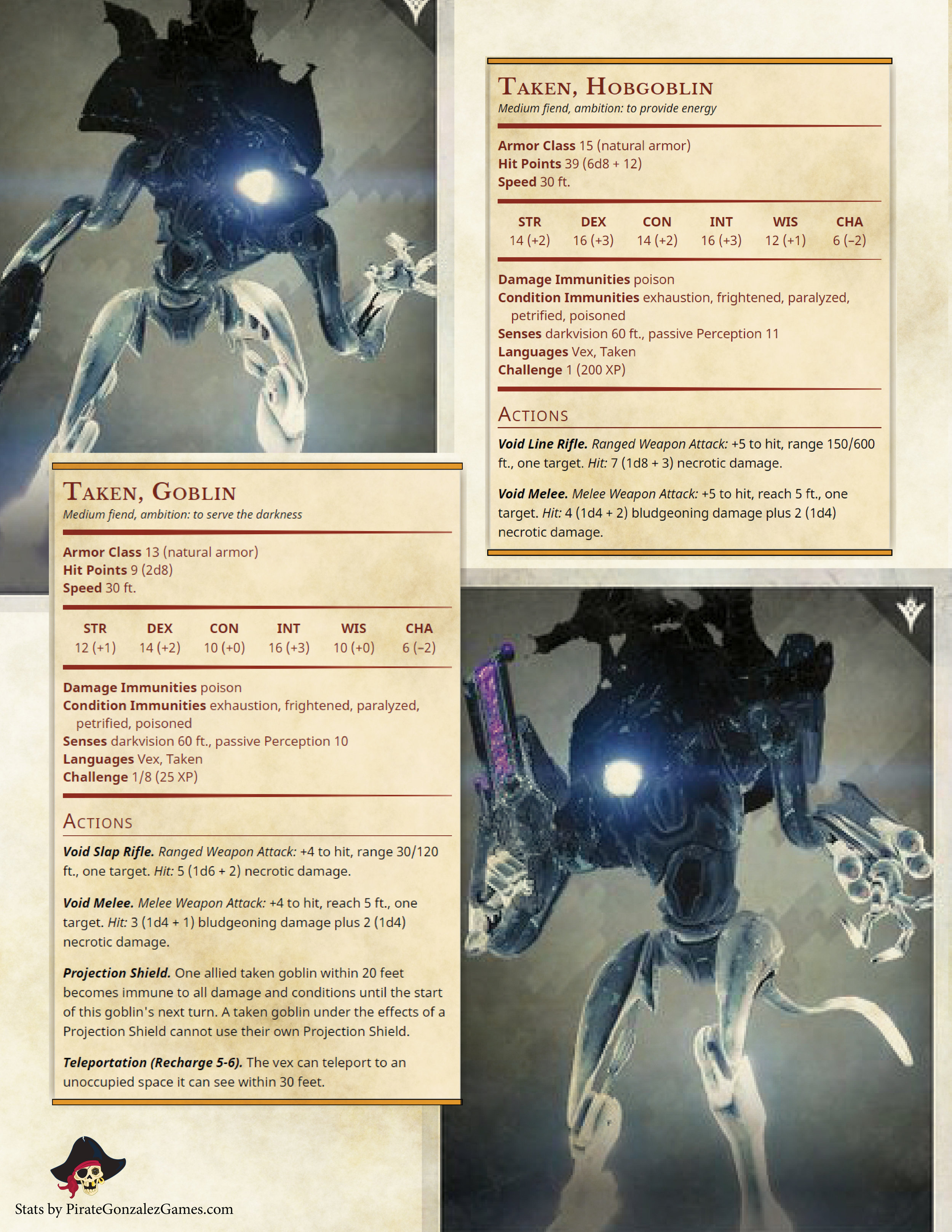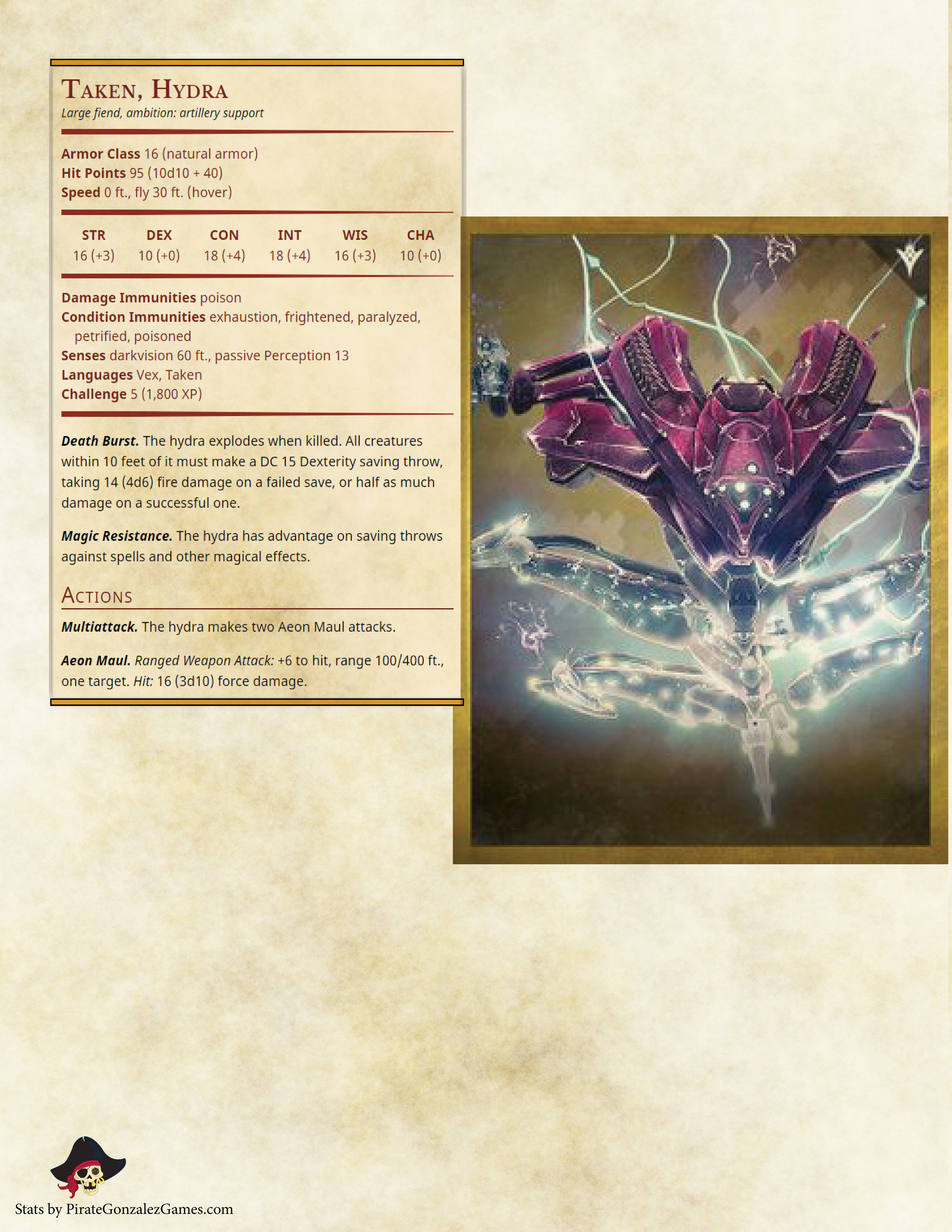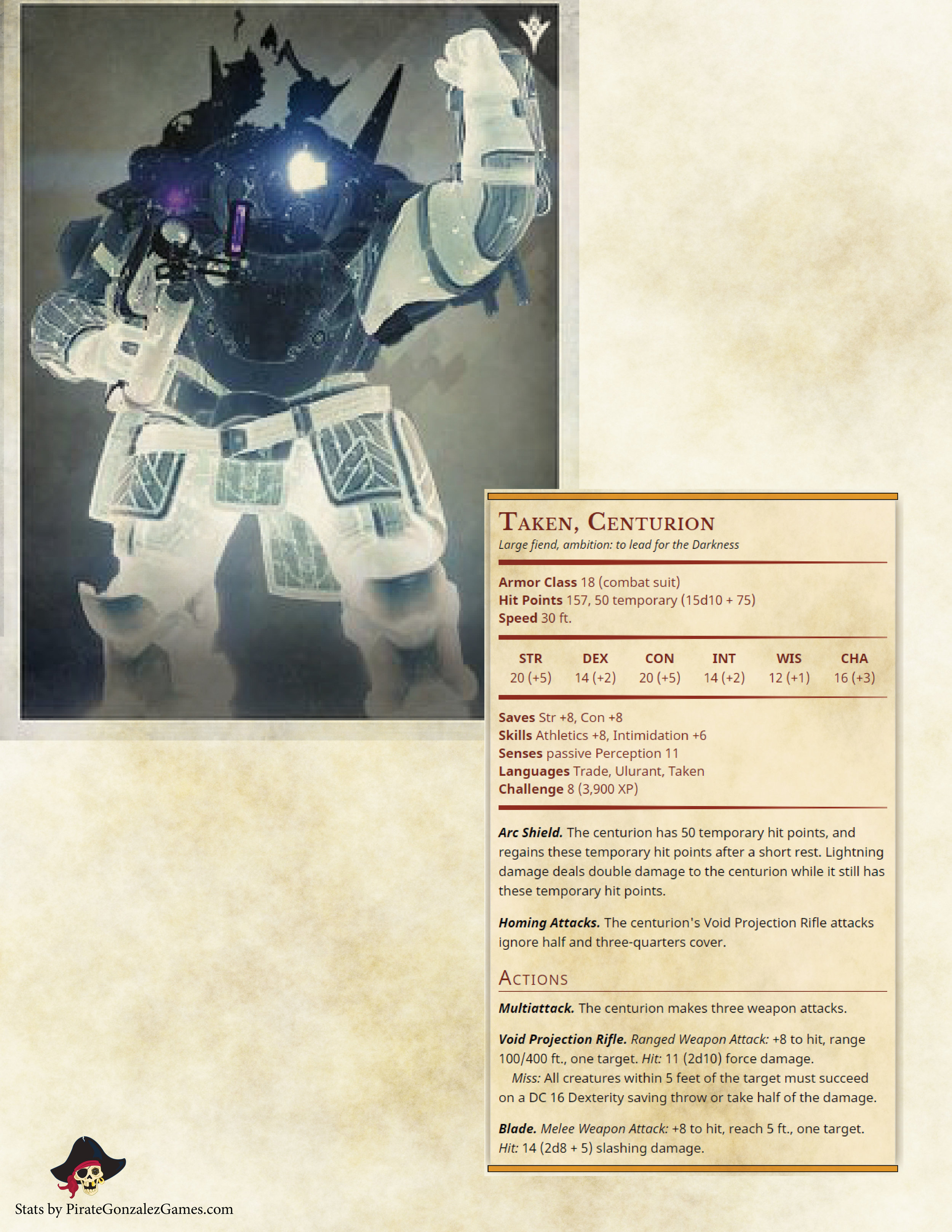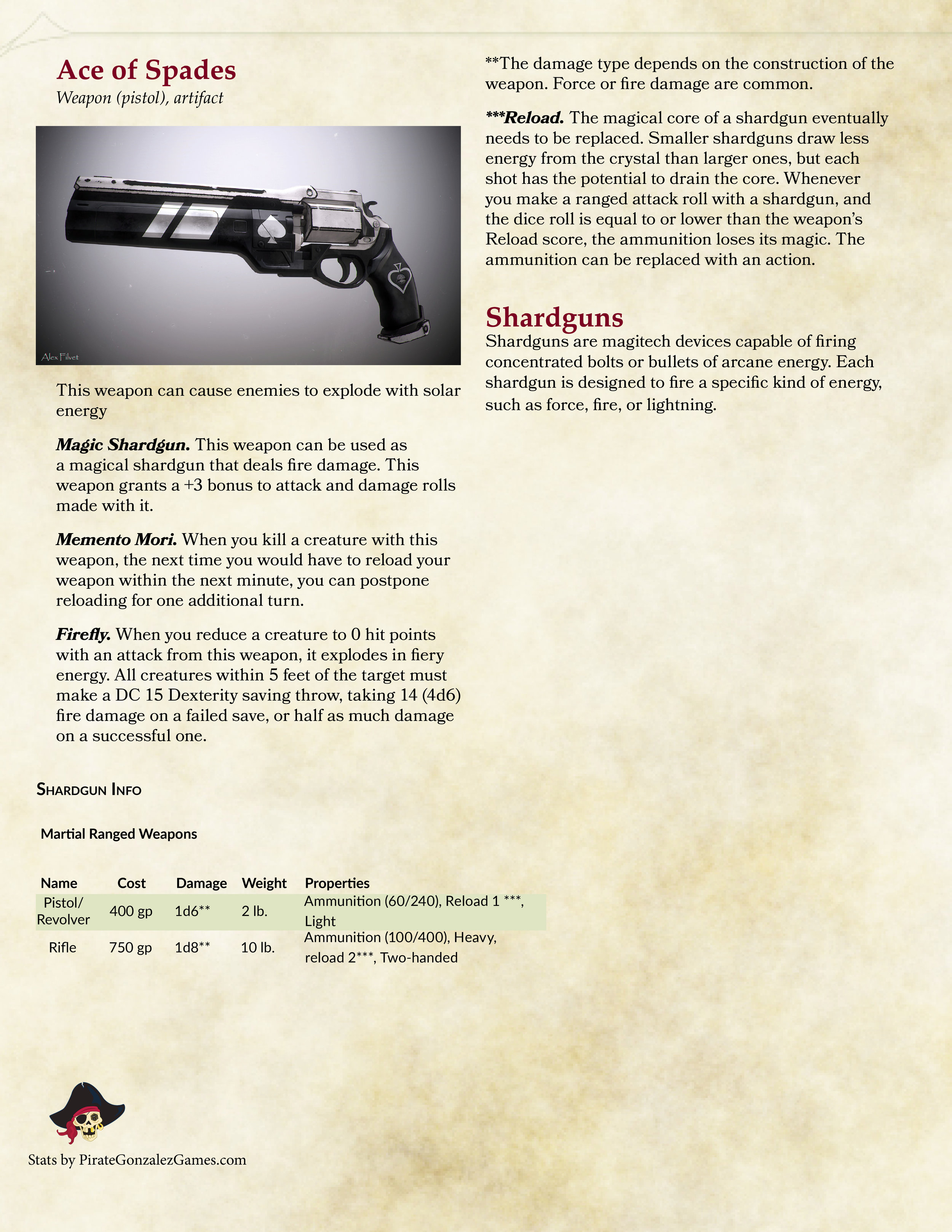Knowing the difference between different dice types (d4, d6, d20, etc) can be difficult when they’re all new to you. D&D uses a ton of different dice, and knowing which one to use in which circumstance becomes confusing.
Give your player just the minimum number of dice they need, don’t give them a full set. Tie the dice to the mechanic that uses it. For example, if someone uses a greataxe, give them a d12 and say this is for their weapon.
Associating dice with specific things makes it easier to know the correct dice to use. Eventually the players will begin to default to using the d20 for most things, and know which dice is associated with their weapon.
3. Go Through Character Generation
Normally, for a one shot game, I would use pre-generated character sheets. However, my parents were coming into this blind, not knowing what the dice were or even how a RPG works. Because of this, I decided to actually walk them through the character creation process.
There are a few benefits to doing this. For starters, they can get introduced to game concepts like race, class, and ability scores slowly instead of all at once. It also gives them a sense of ownership of their characters. This is a character that THEY created, from THEIR choices. They decided aspects of the character, so they naturally feel more comfortable with the character.
4. Roll Stats
I normally use point-buy, but for a complete beginner, rolling for stats is better.
Stats were the first dice my parents rolled in the game, and it got them used to rolling dice and adding numbers together. Rolling stats for dice is easier to add and calculate than figuring out point buy.
Consider allowing rerolls for low stats. You don’t want players to feel frustrated by failures in the game due to low stats.
Plus, your players might get exposure to the feelings that go along with high or low rolls. (My dad got an 18 for one of his stats. My mom was jealous)
5. Don’t Explain Every Option. Stick With Names and Summary
Player characters have a lot of options for their characters in 5e. Going through the abilities and bonuses of each race, class, and background would take way too much time for beginners who likely don’t understand what any of it means anyway.
For races, give the name and show a picture, if possible. Maybe a sentence about what they are or what they do.
For classes, just give the name and explain what their general role is.
For backgrounds, just the name should suffice.
Spells are complicated, and I would recommend picking a few spells for them and letting them pick the rest based on the name. If you know the mechanics of the spell might be misleading based on the name (for example, faerie fire does not contain actual fire), explain what the spell does in general terms. Otherwise, explain how the spell works when they decide to use it.
New players are going to pick whatever sounds the coolest or resonates with them. Let them pick based on the limited information, and then explain what they get. You might get some cool combinations.
For example, my dad naturally picked a Goliath Barbarian named Herculdes (not Hercules) and my mom picked a High Elf Bard named Bardicus E.
6. Start at 1st Level
In D&D, characters gain complexity as they gain levels. Level 1 characters are simplest to handle, so start your players there.
If you play for long enough, the new abilities they gain will build upon their existing ones. Starting at 1st level lets them gain an understanding of the basic rules for their class, and then slowly build up to more complicated features as time goes on.
7. Their Fear is Doing the Wrong Thing




